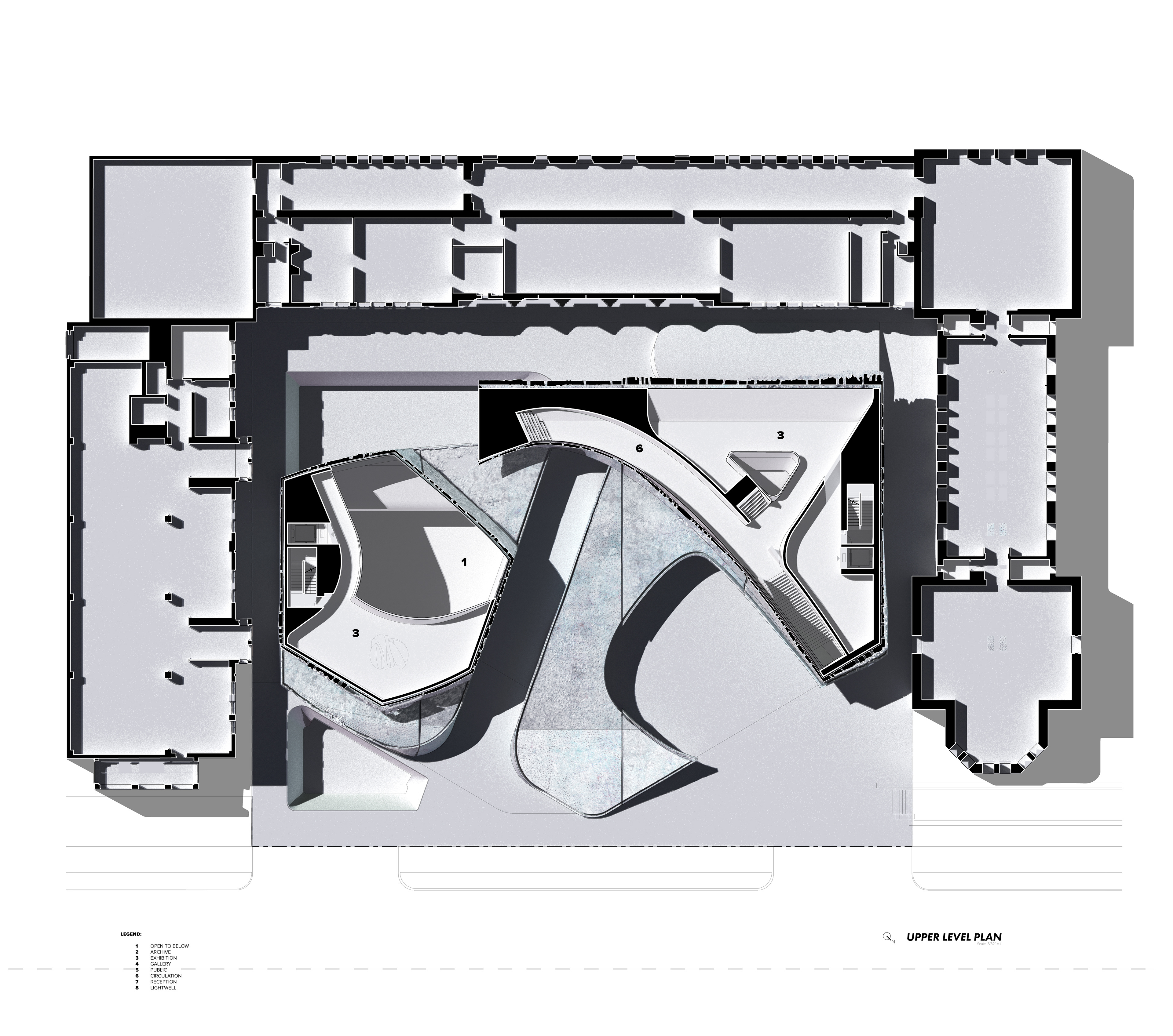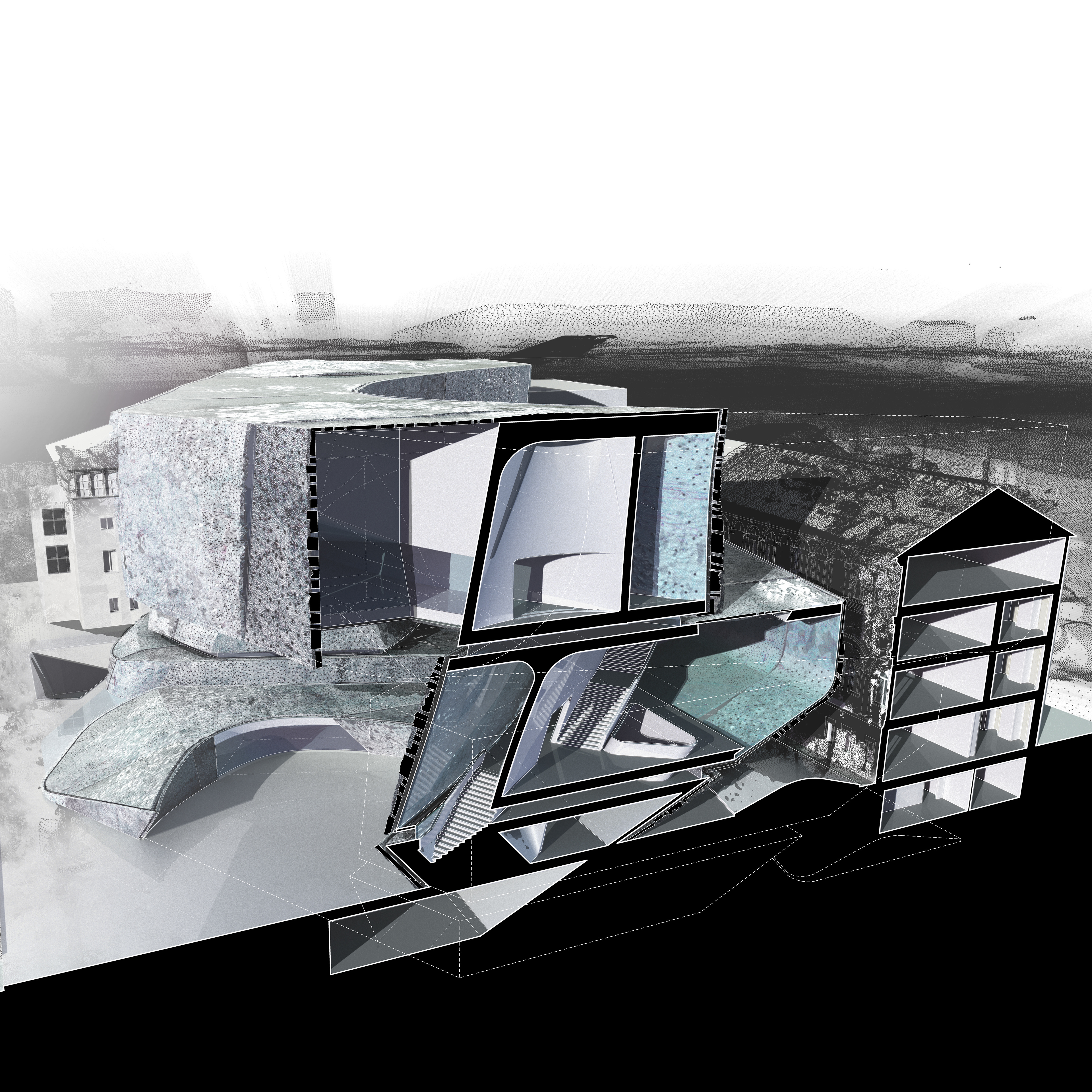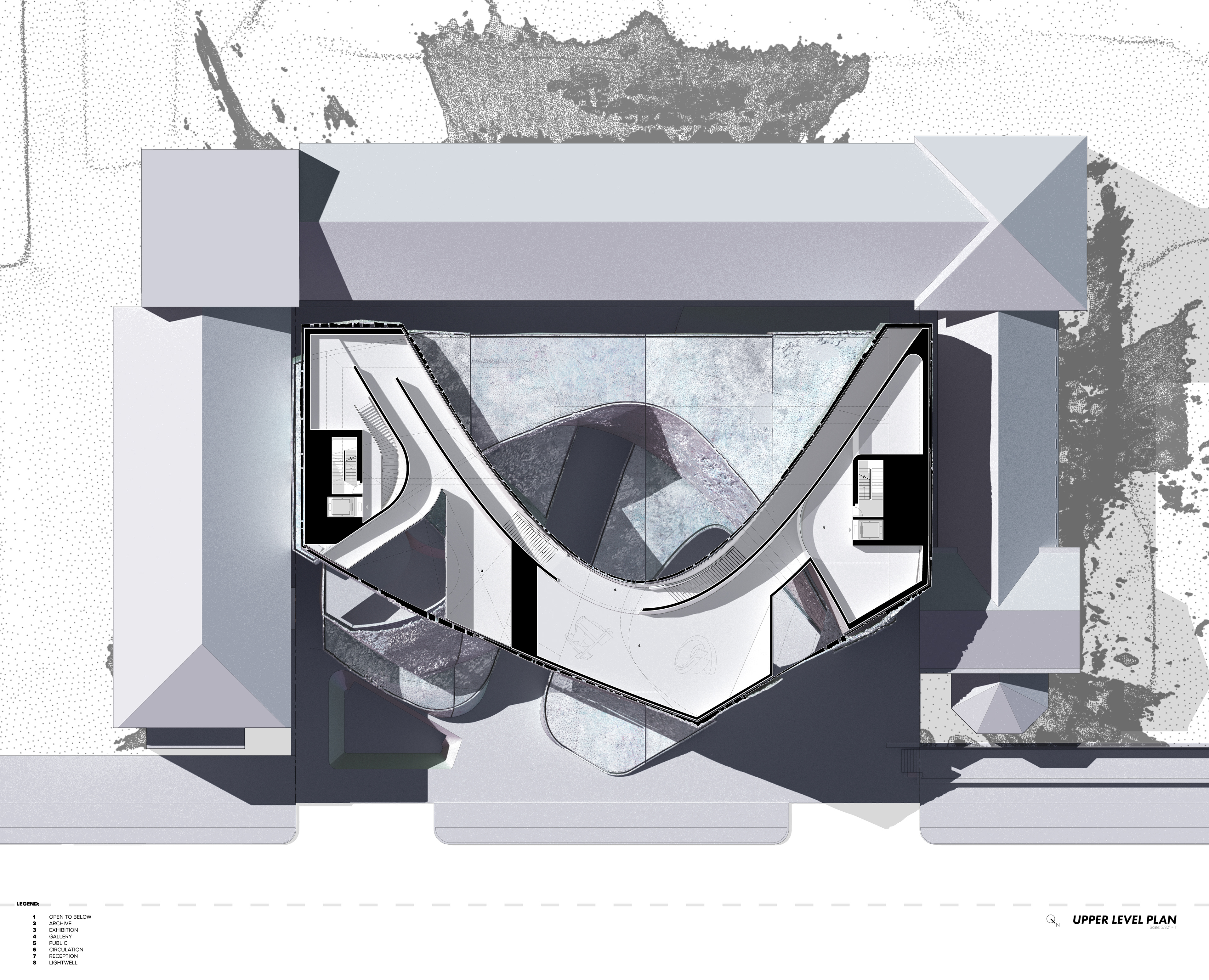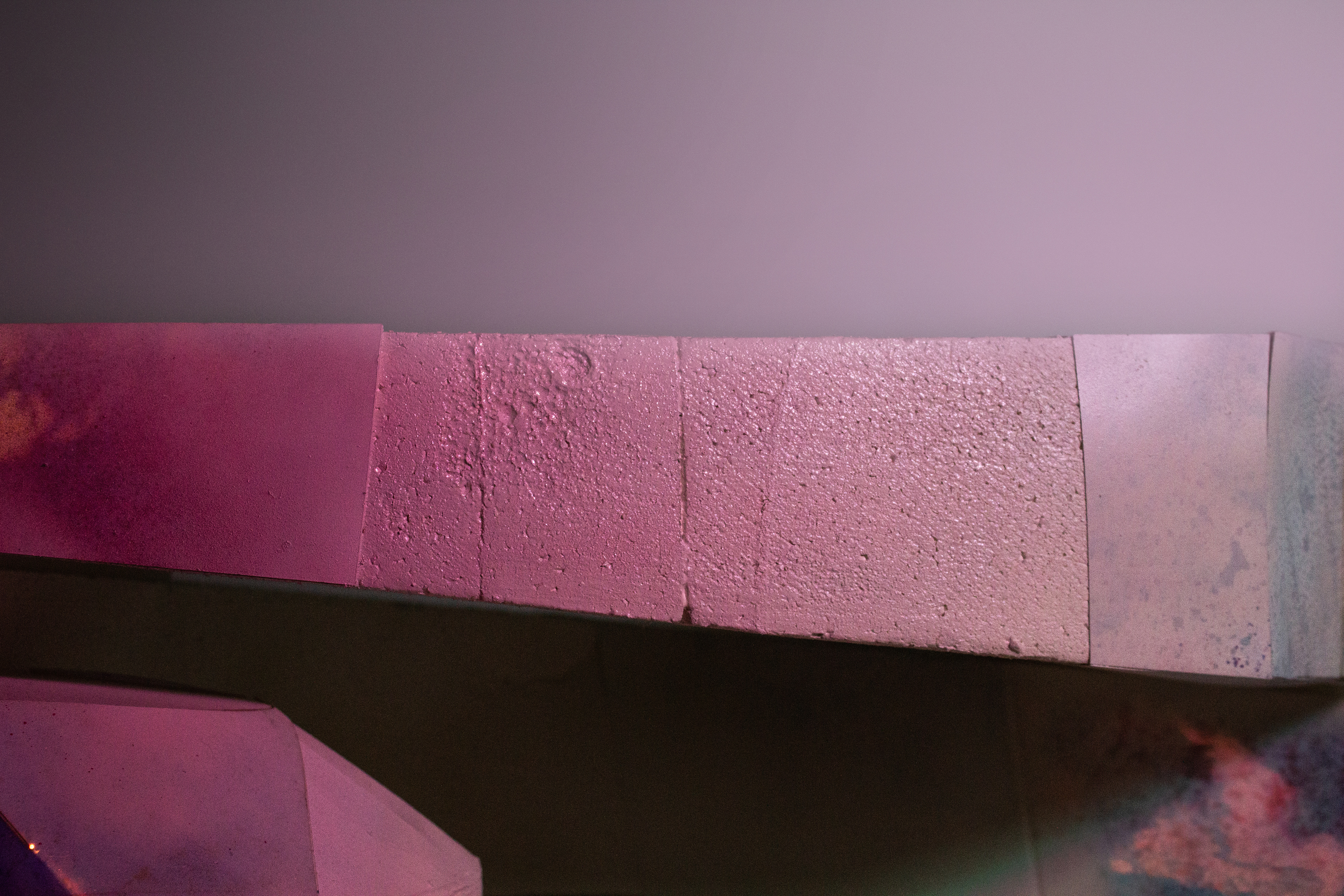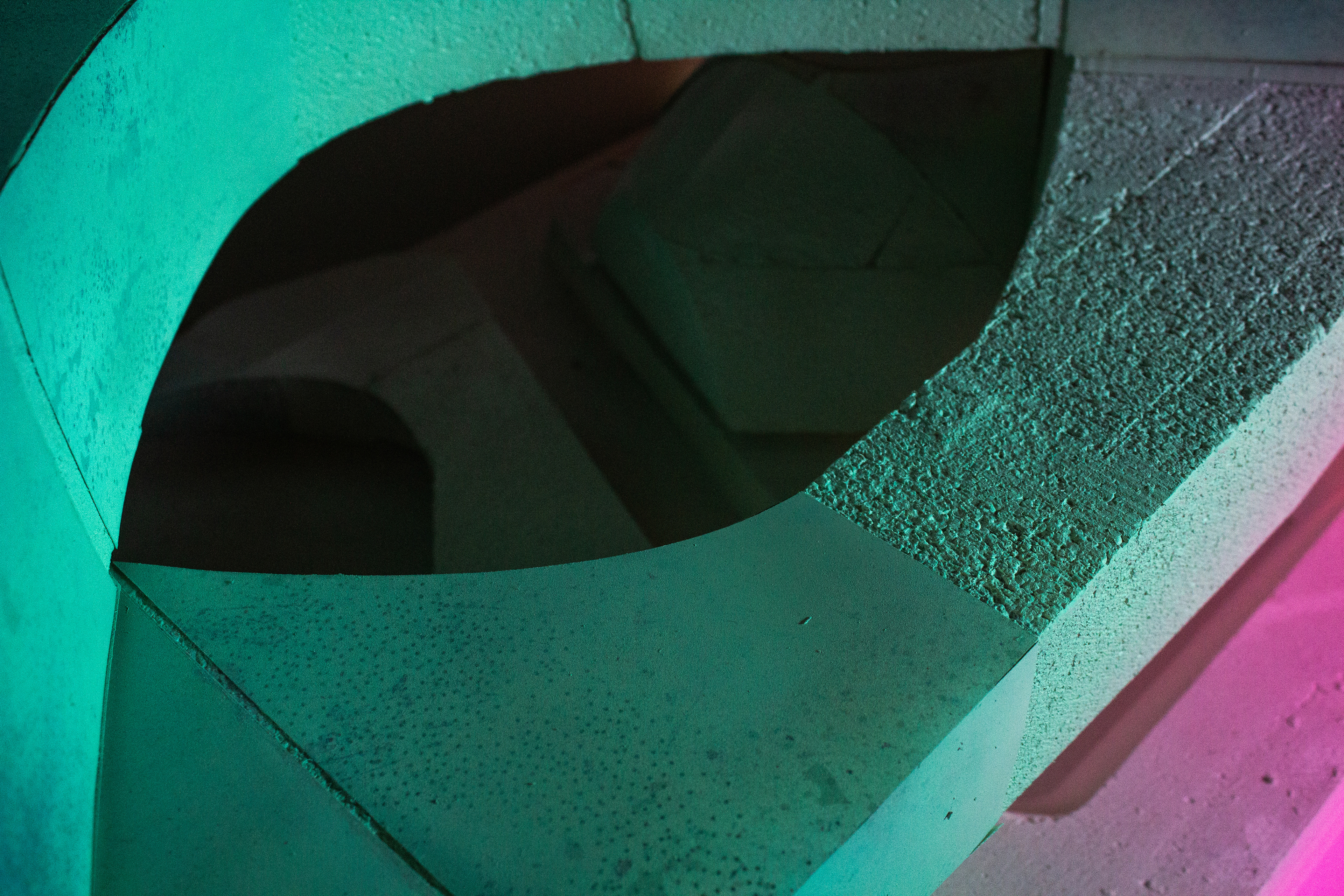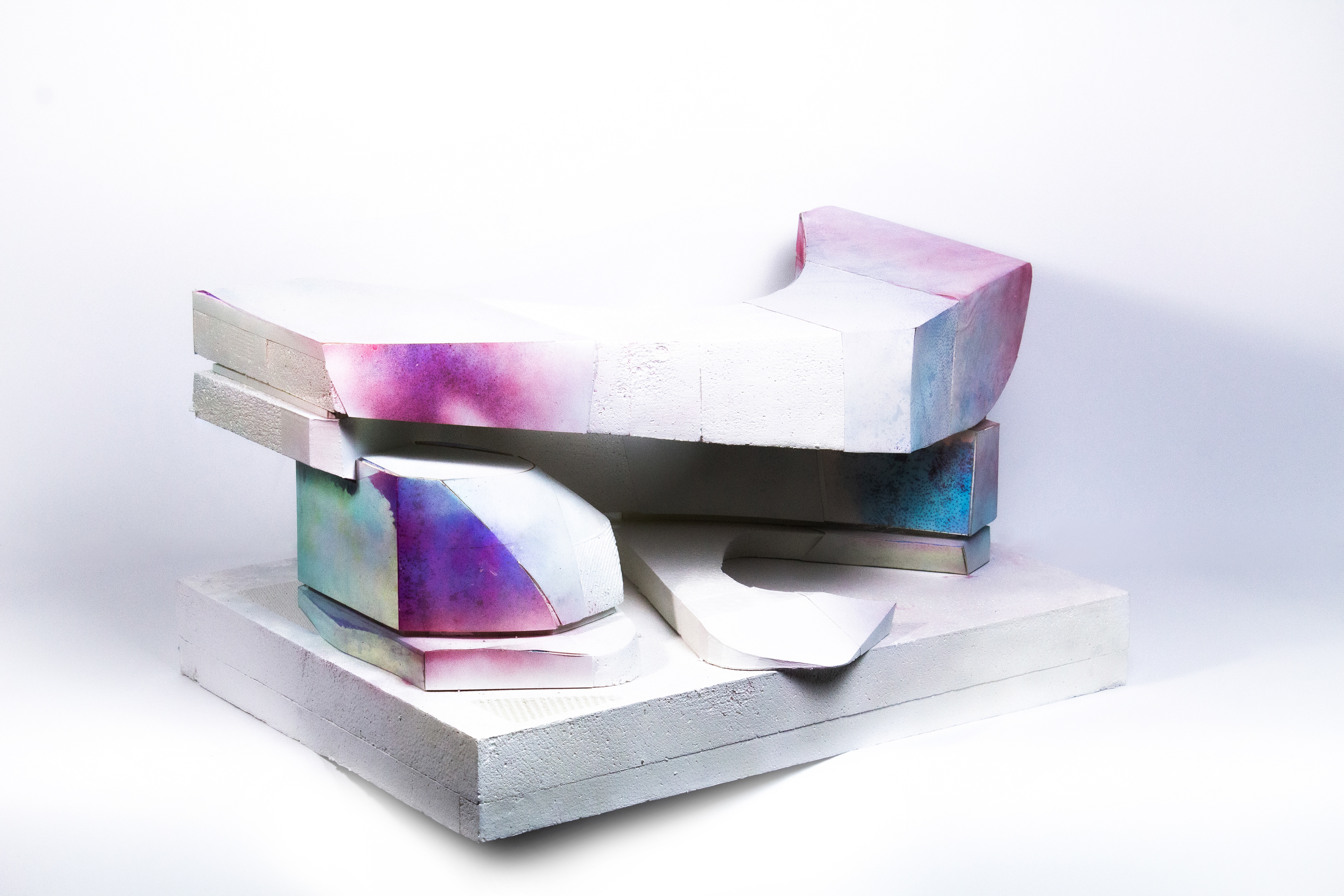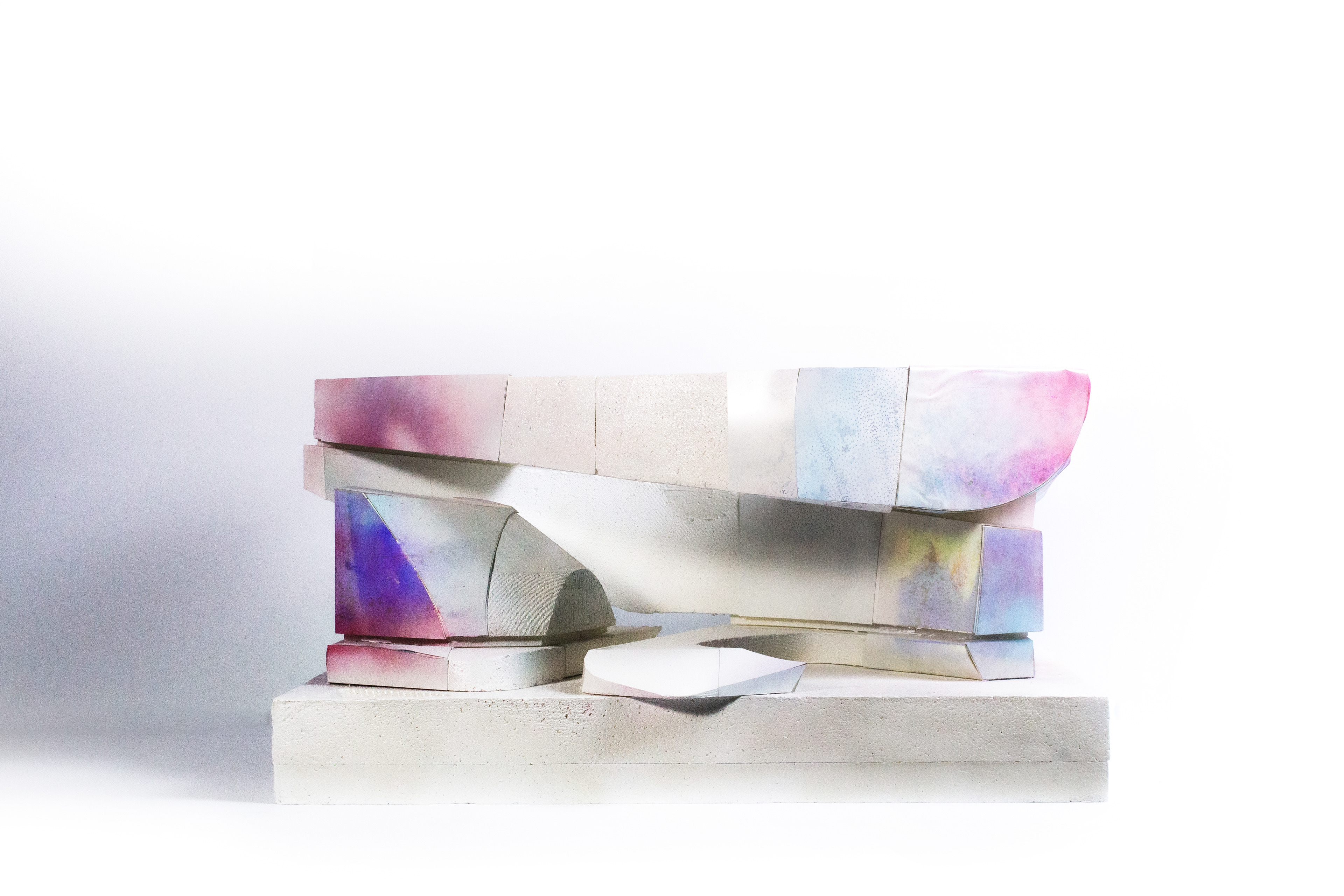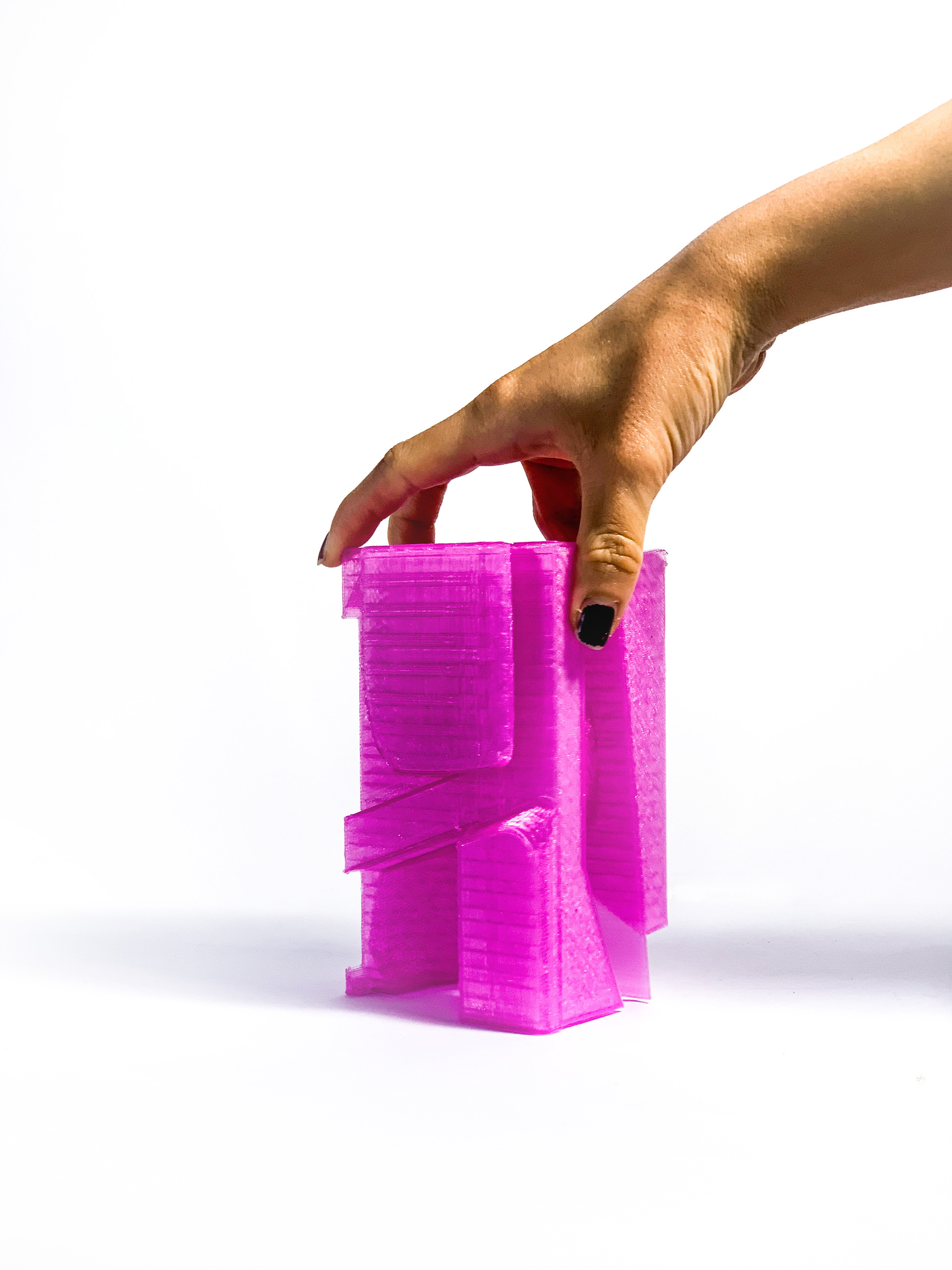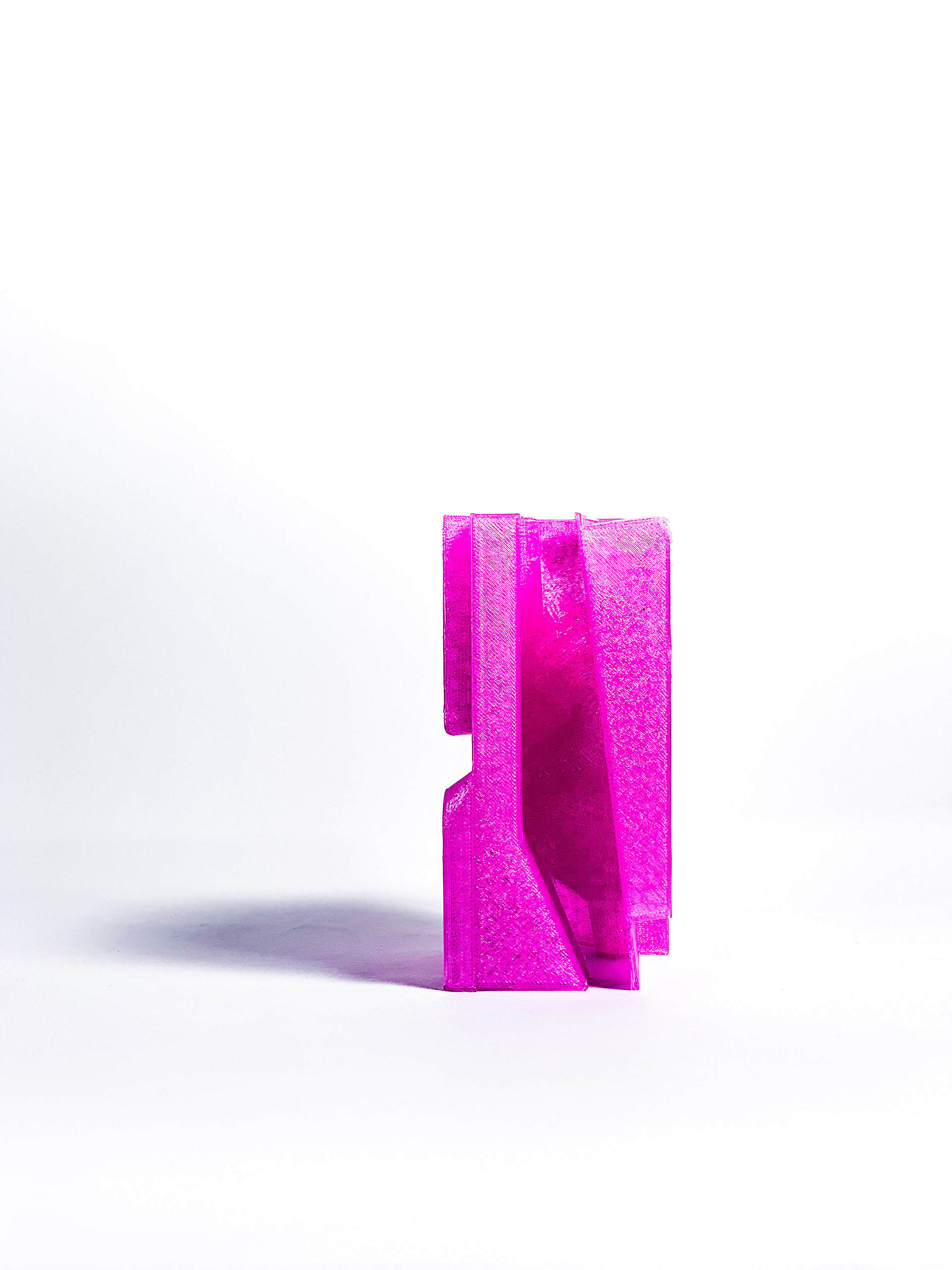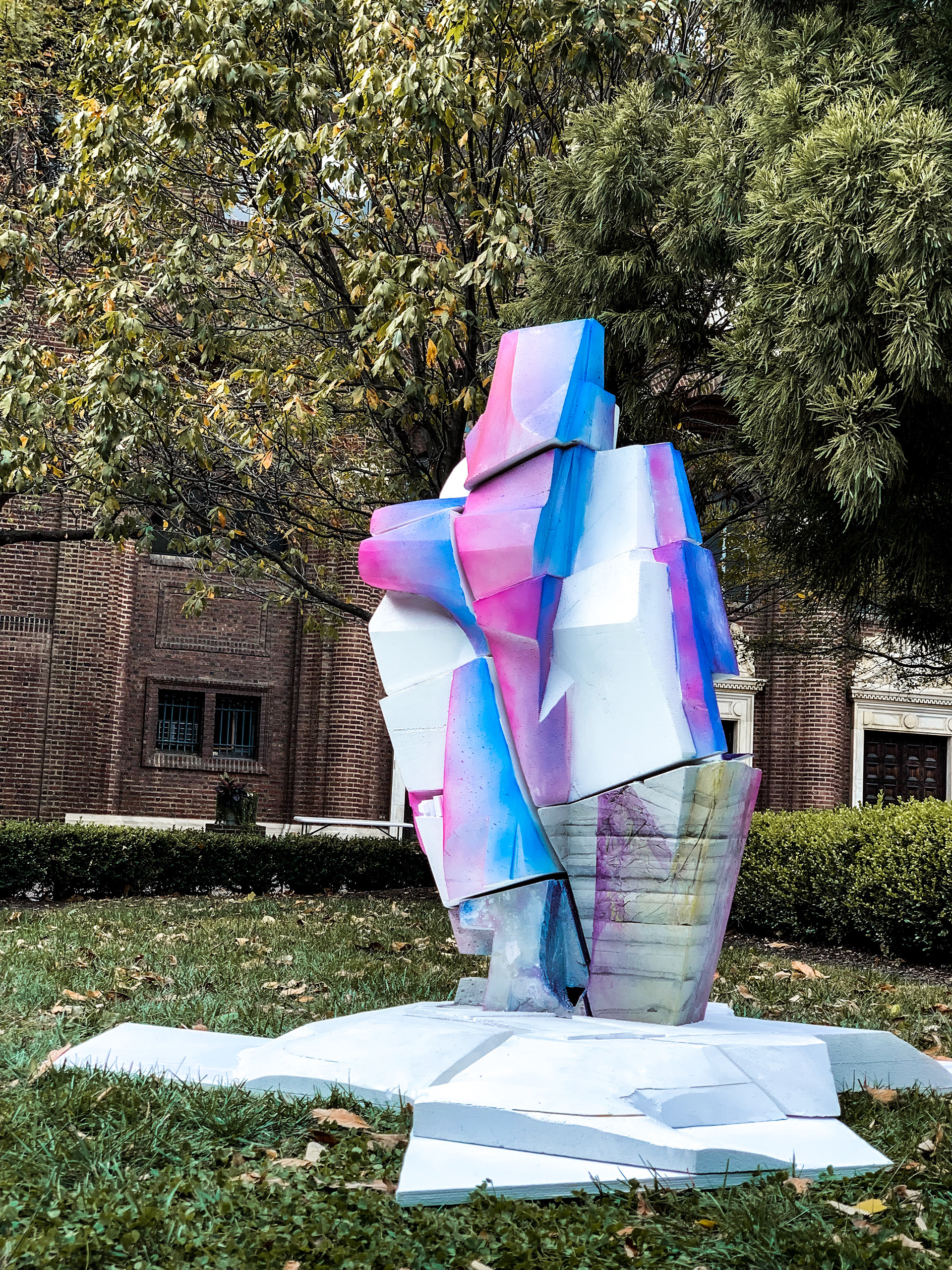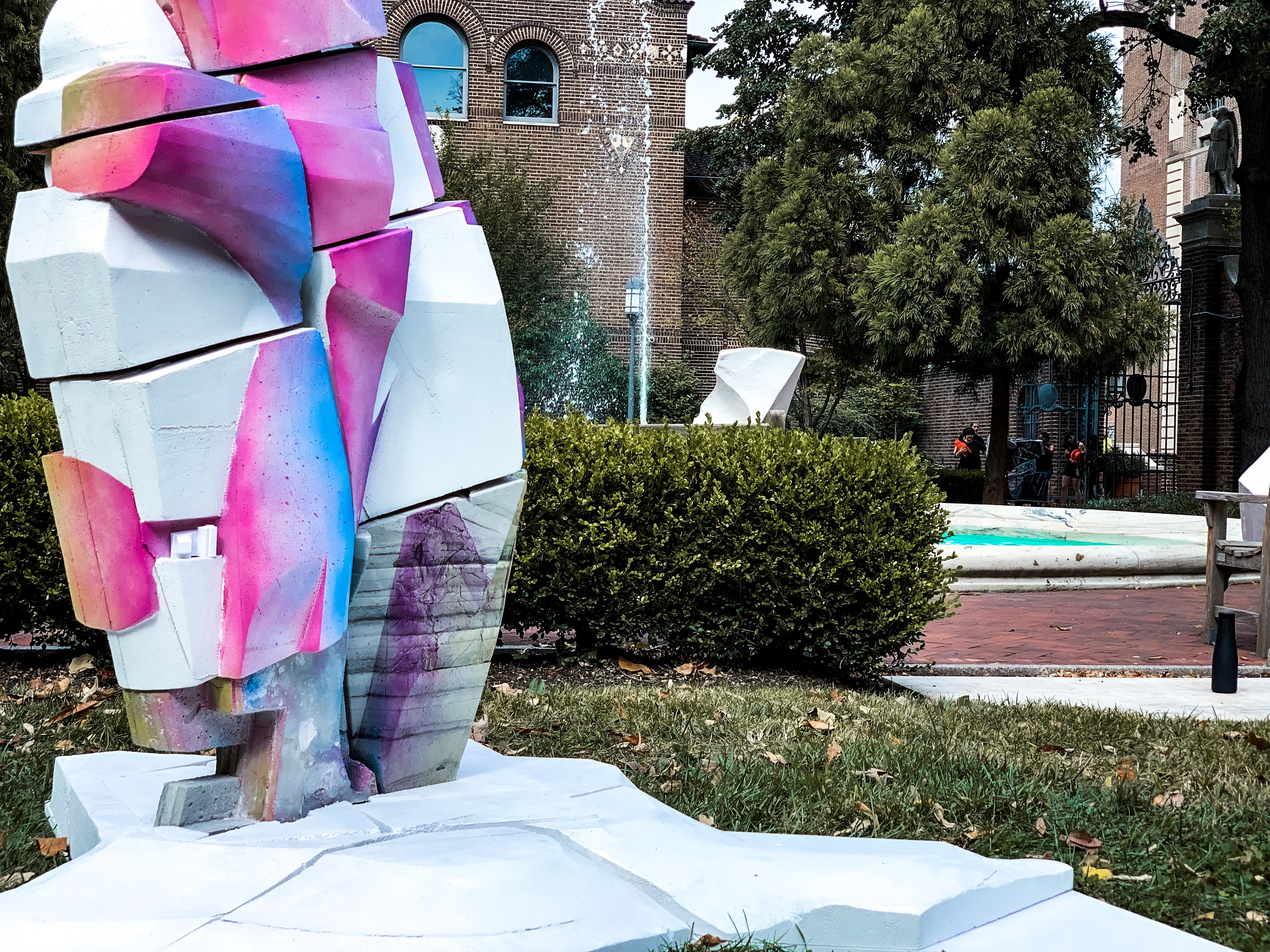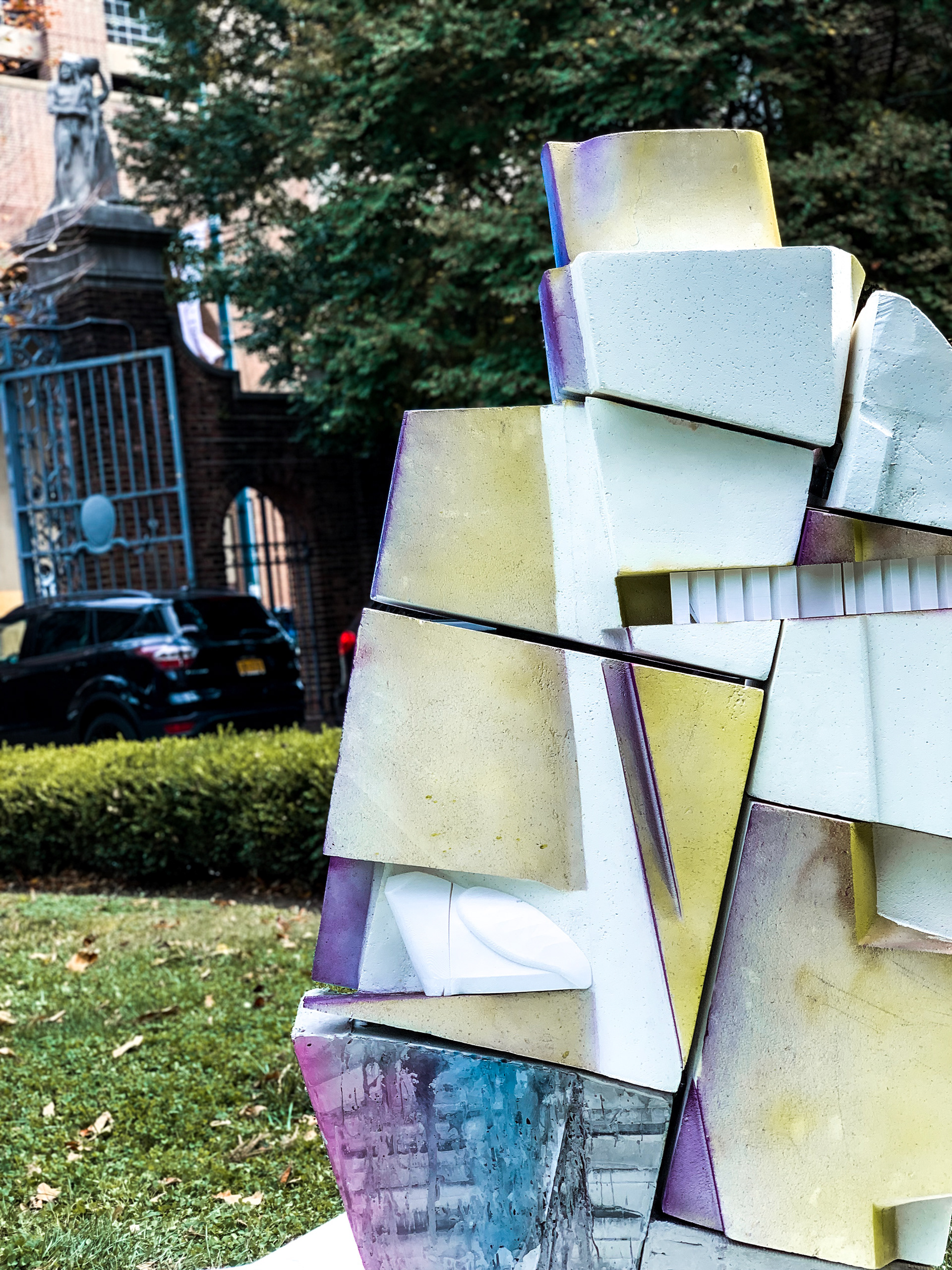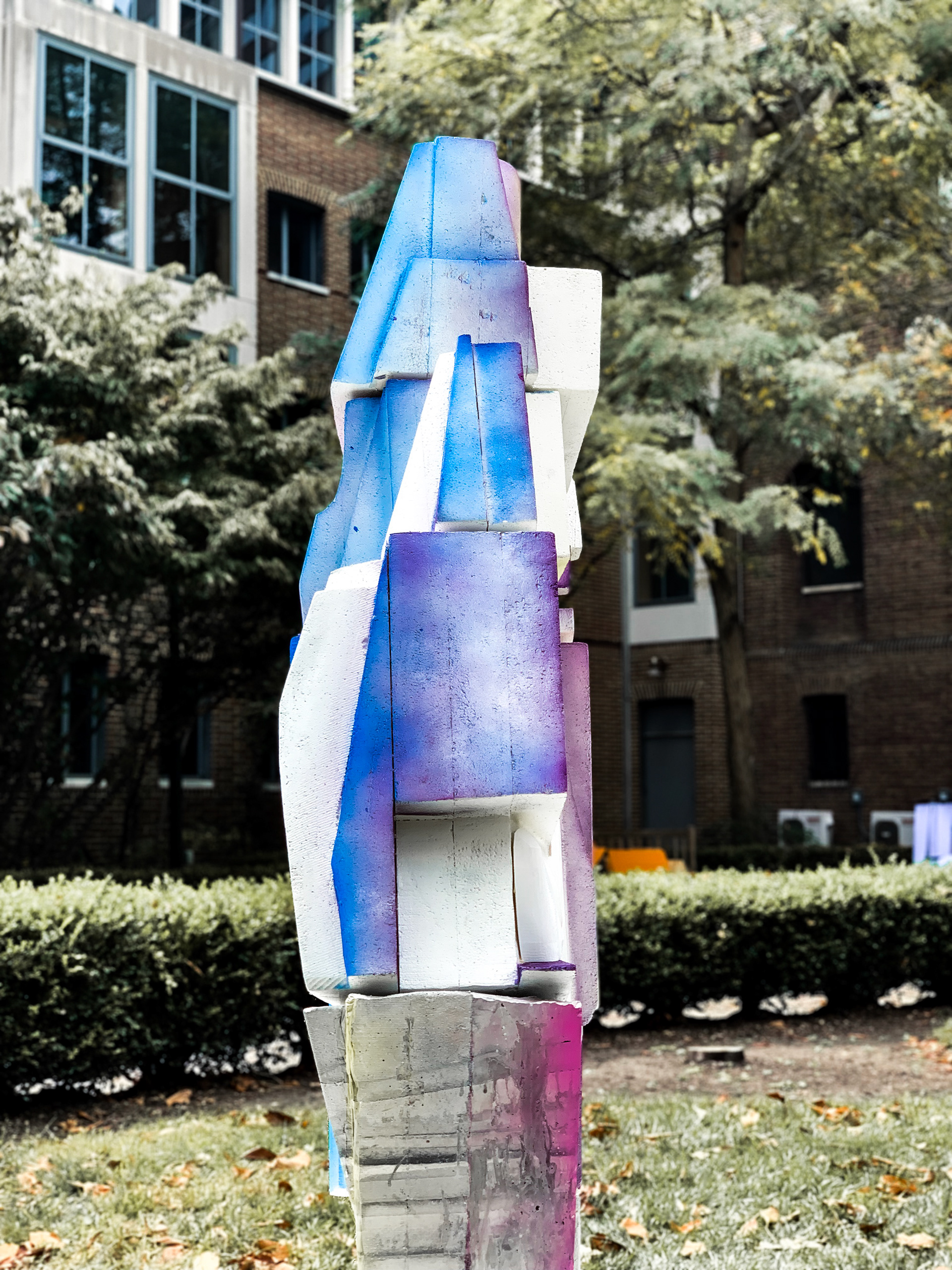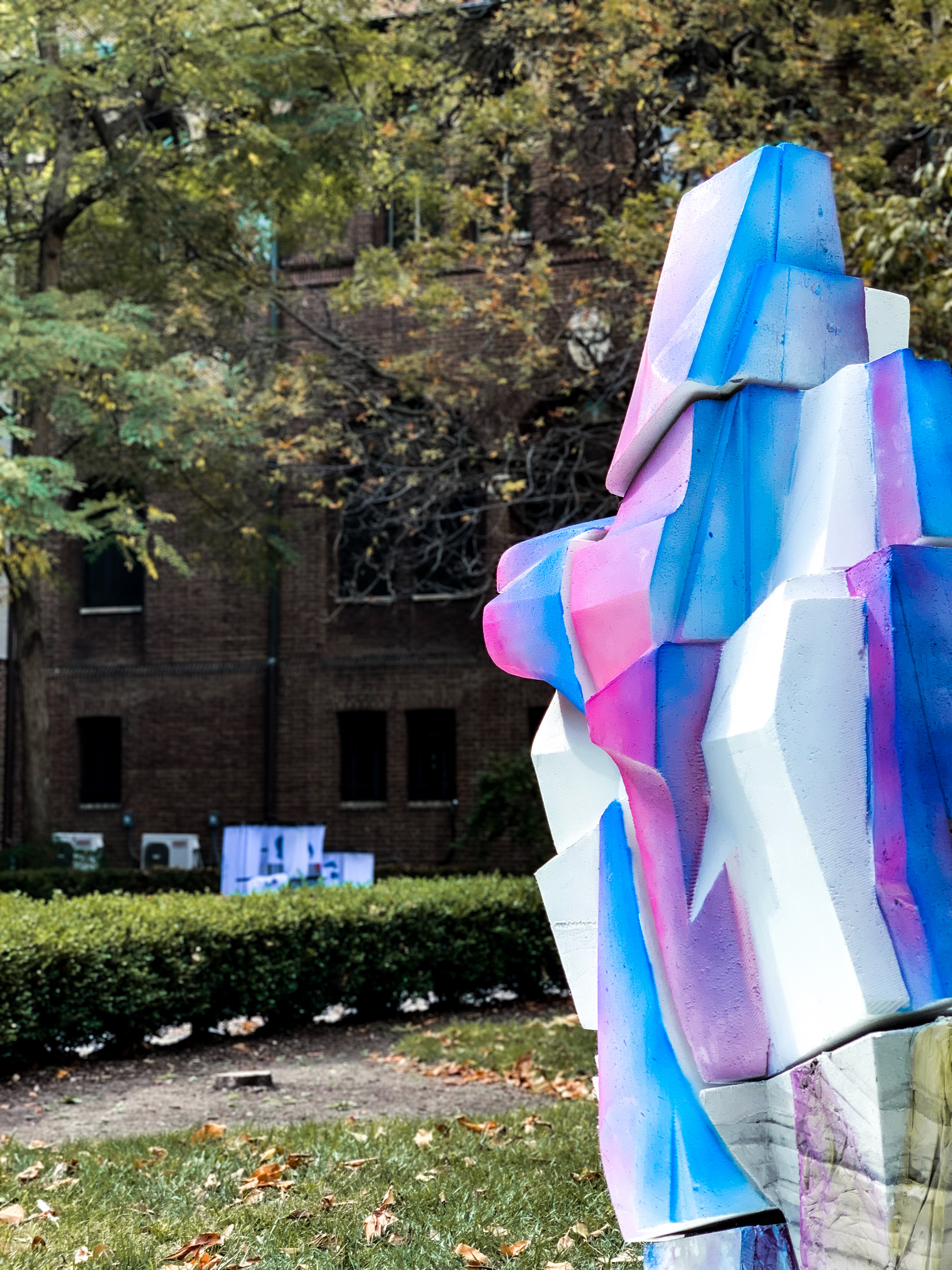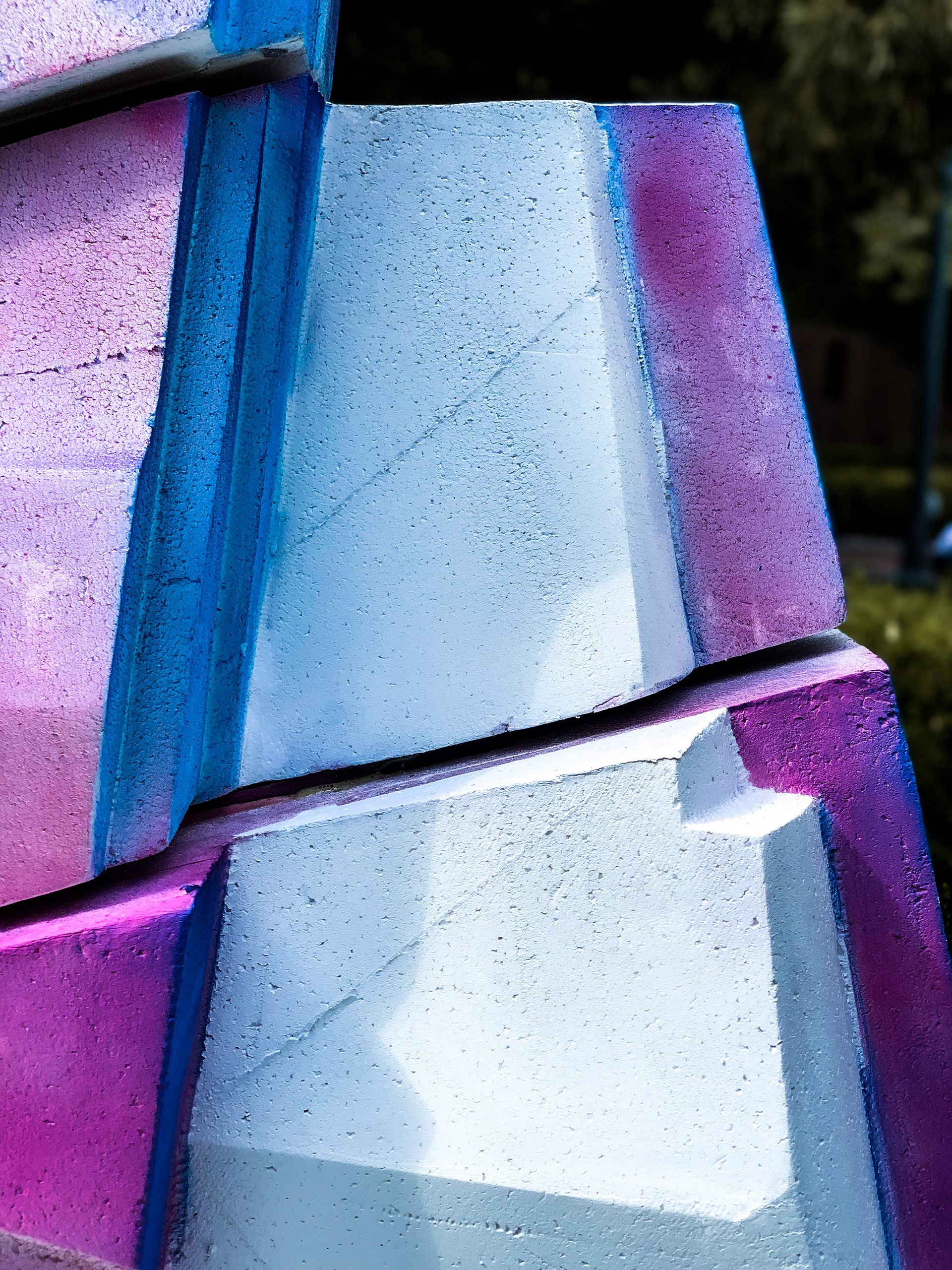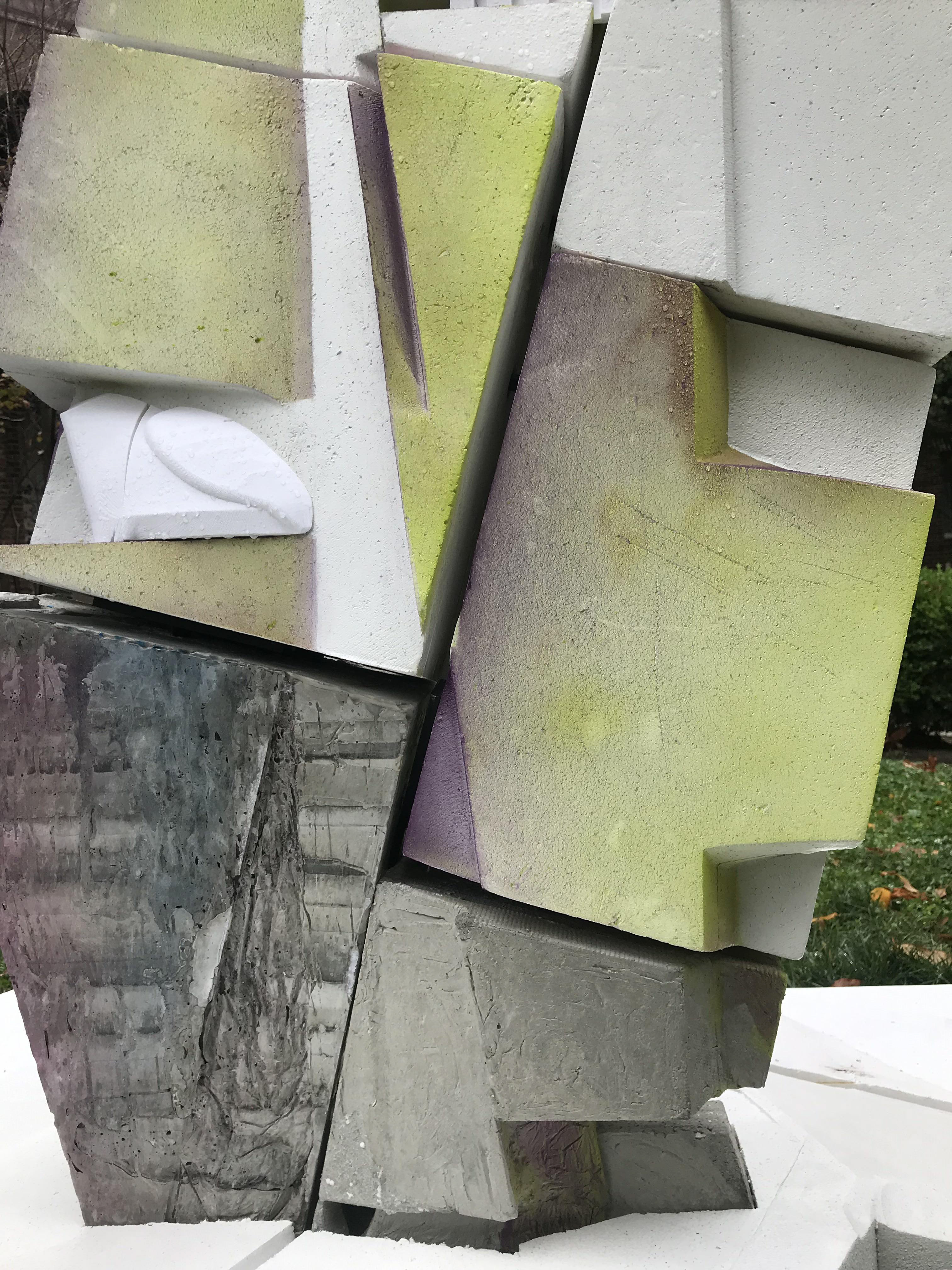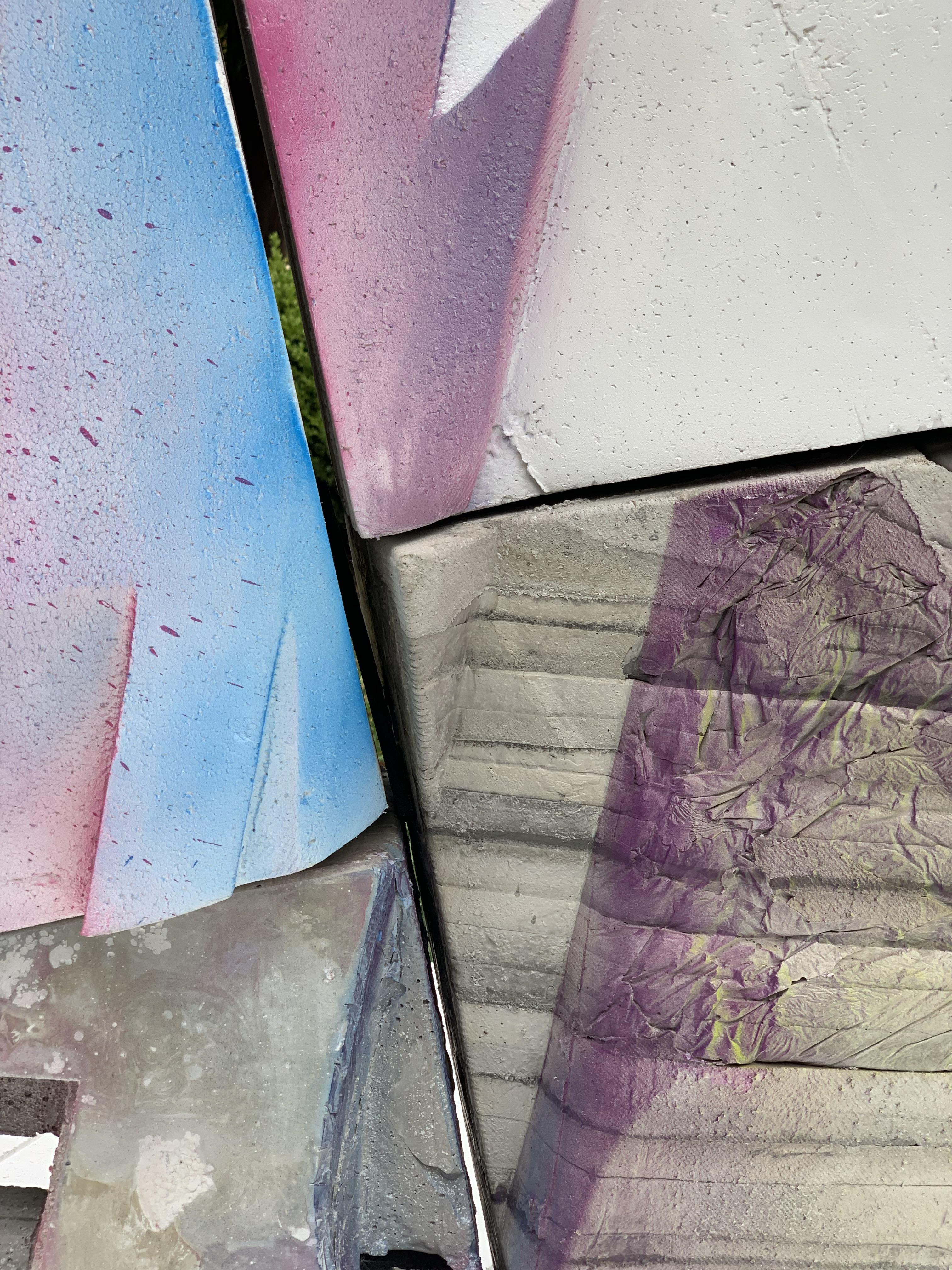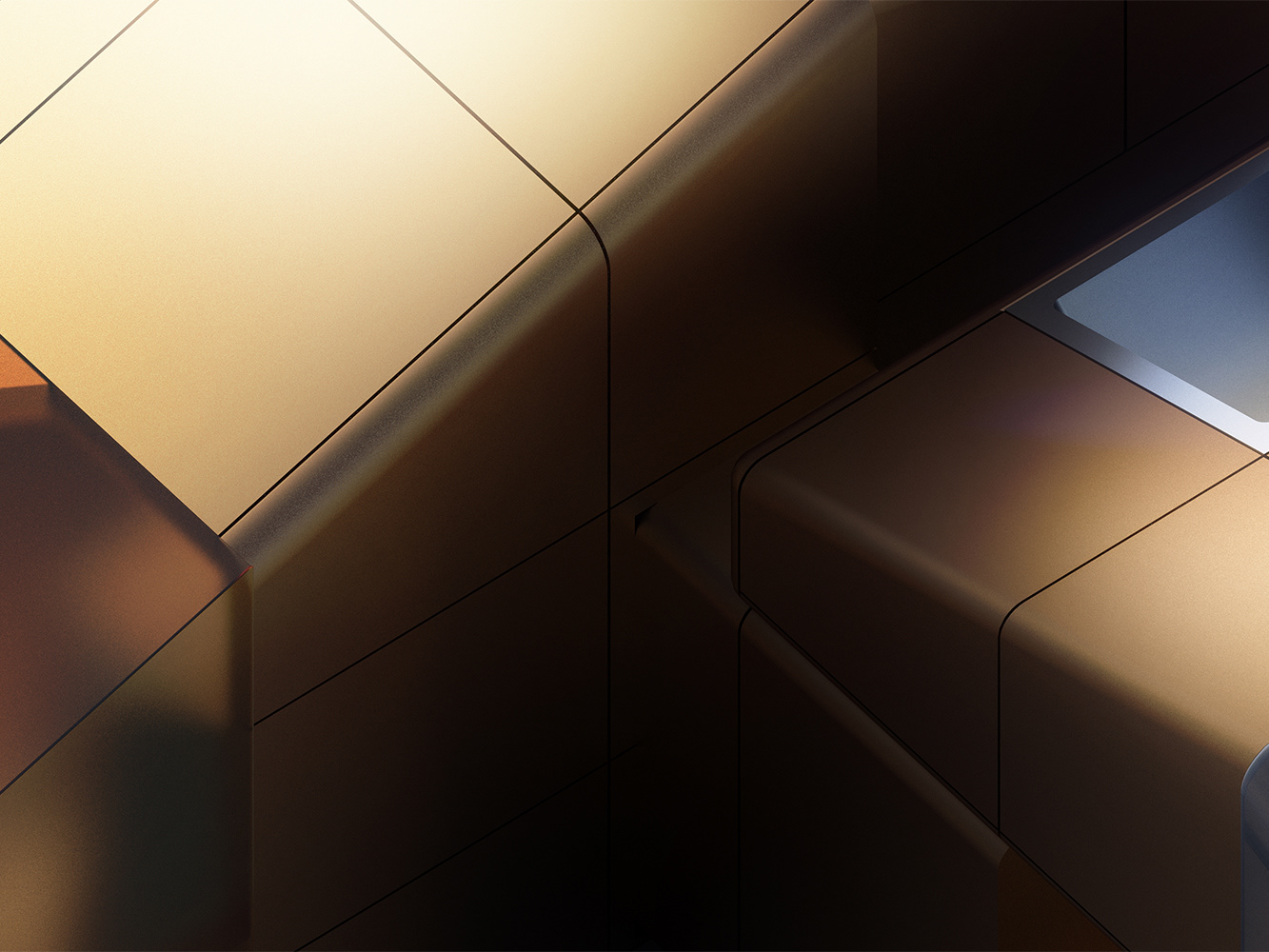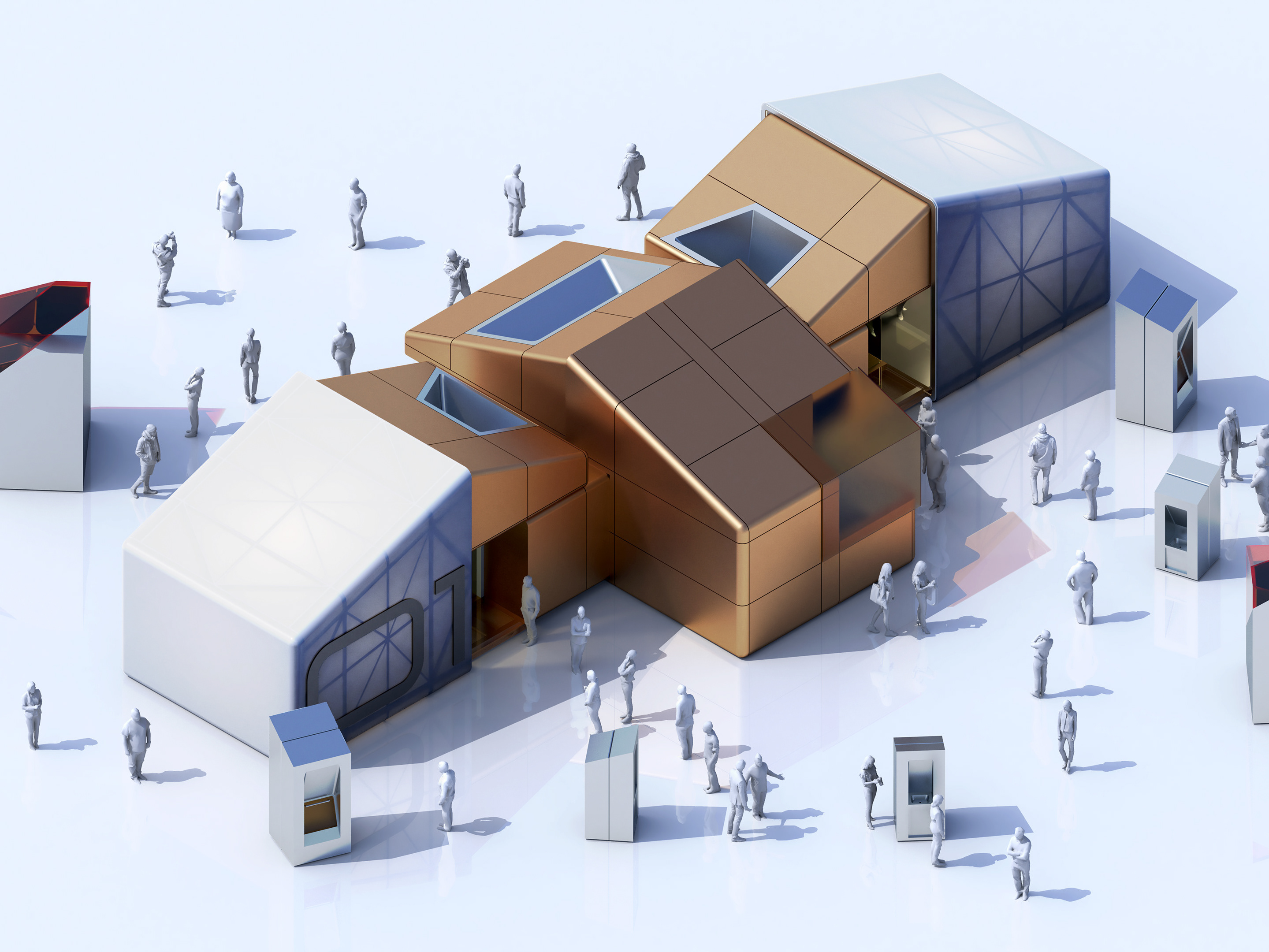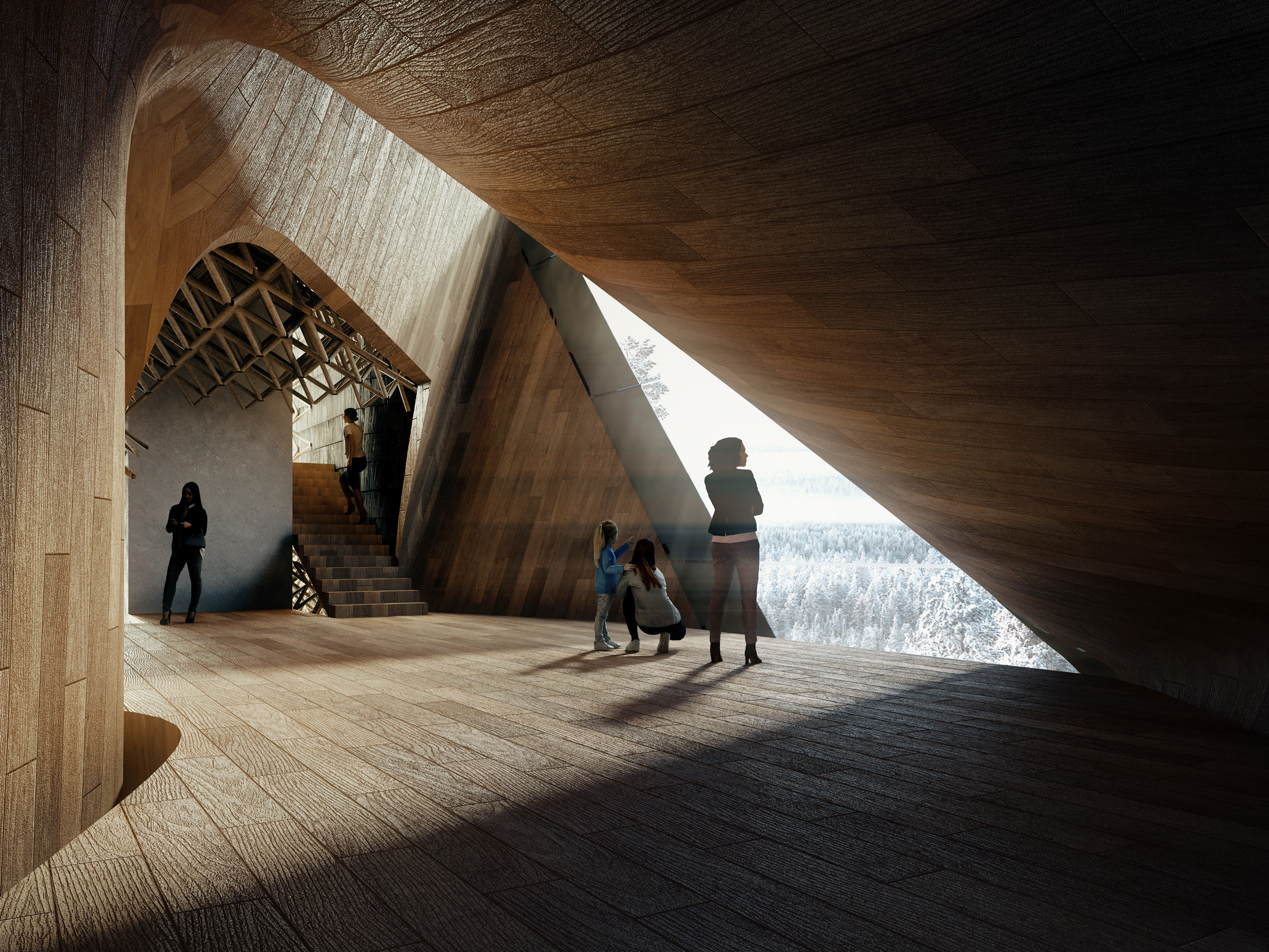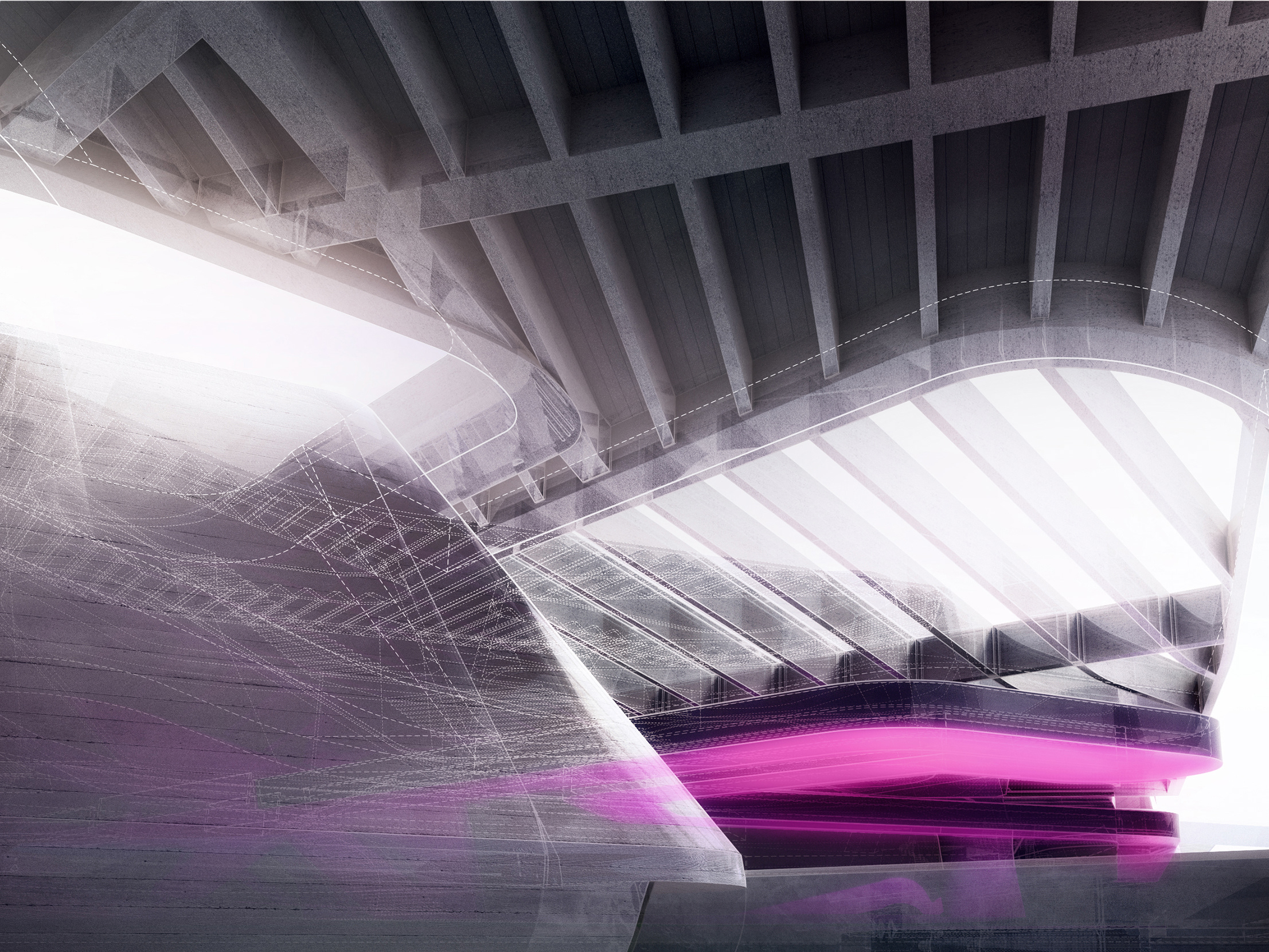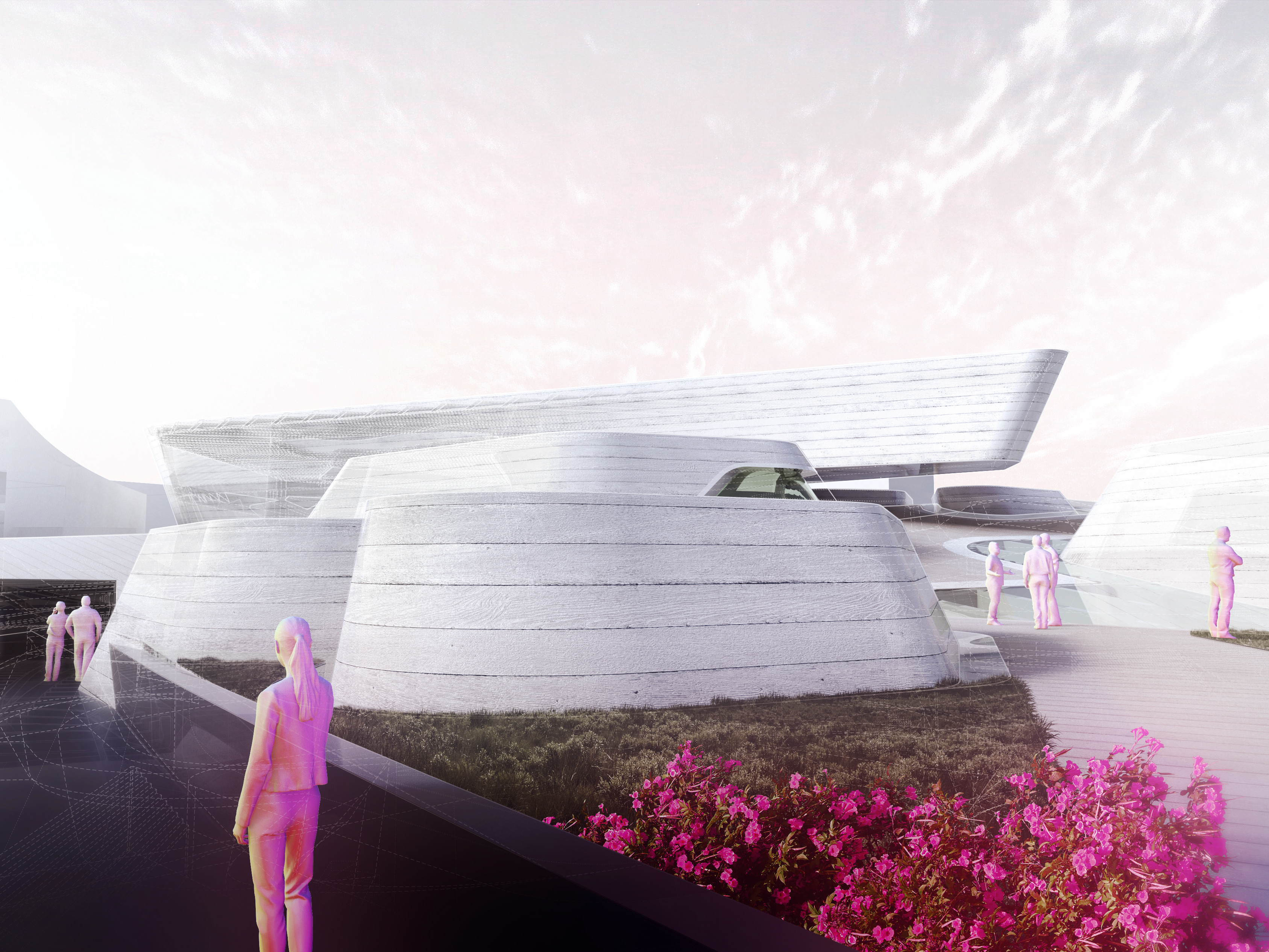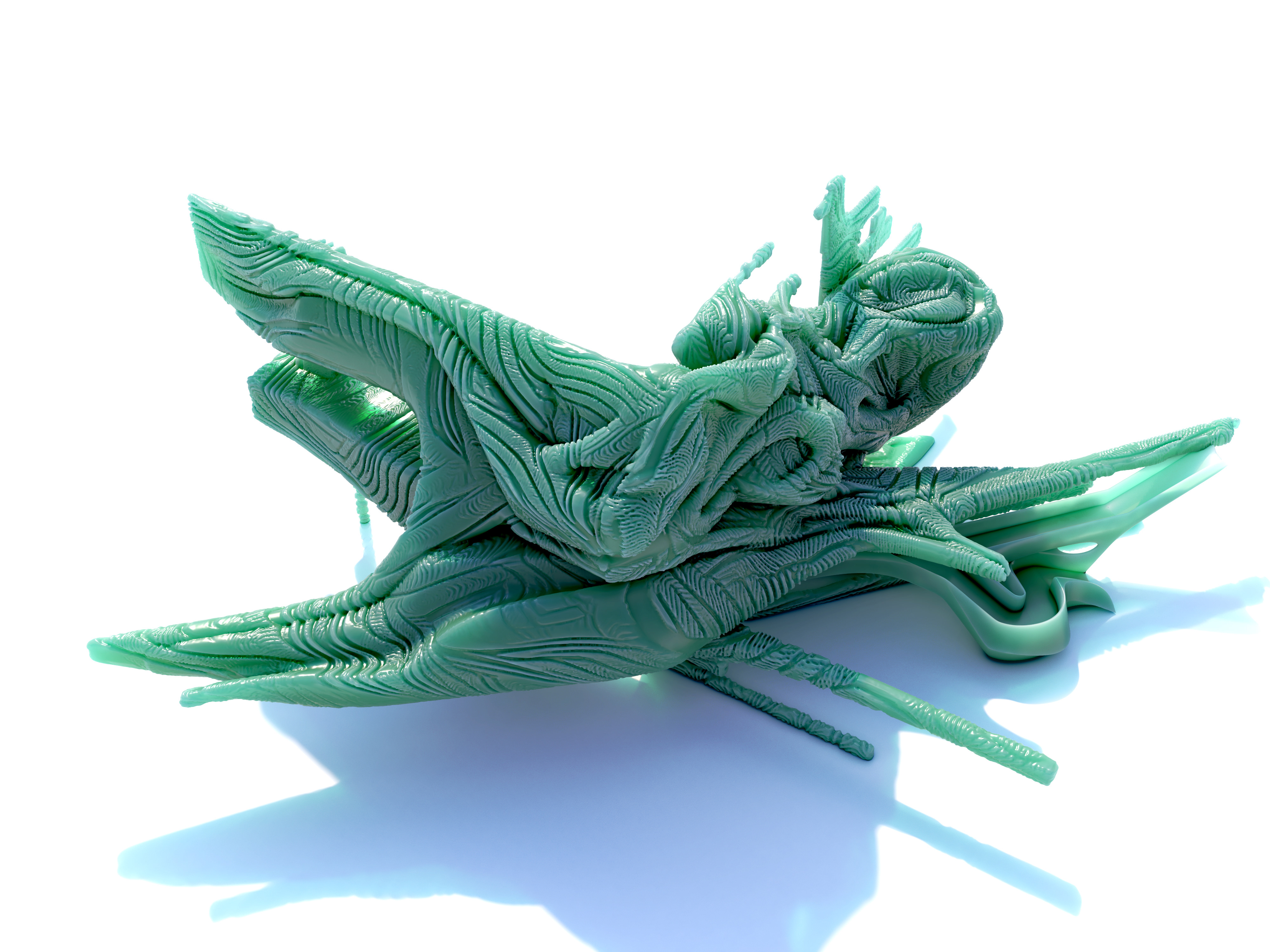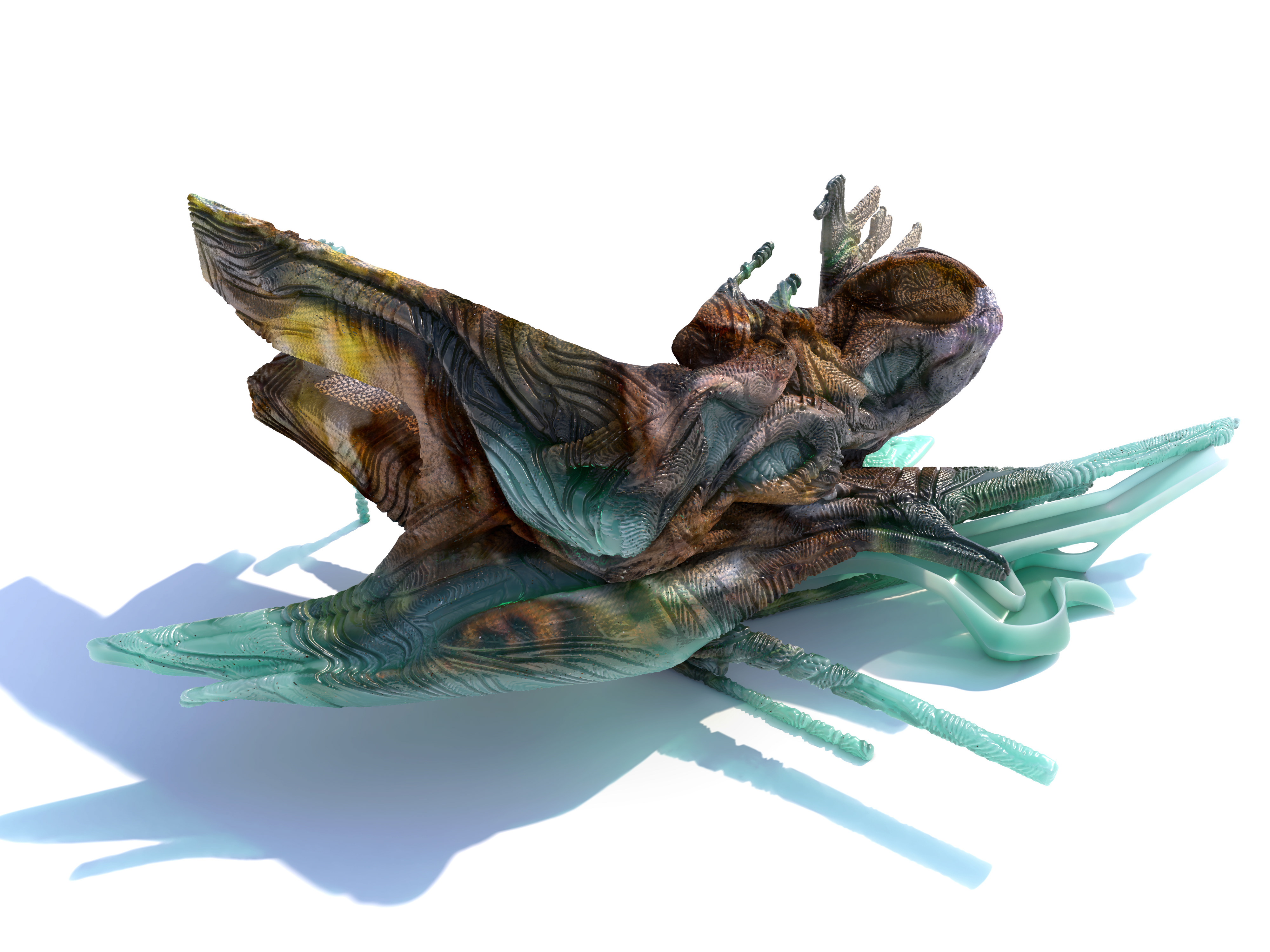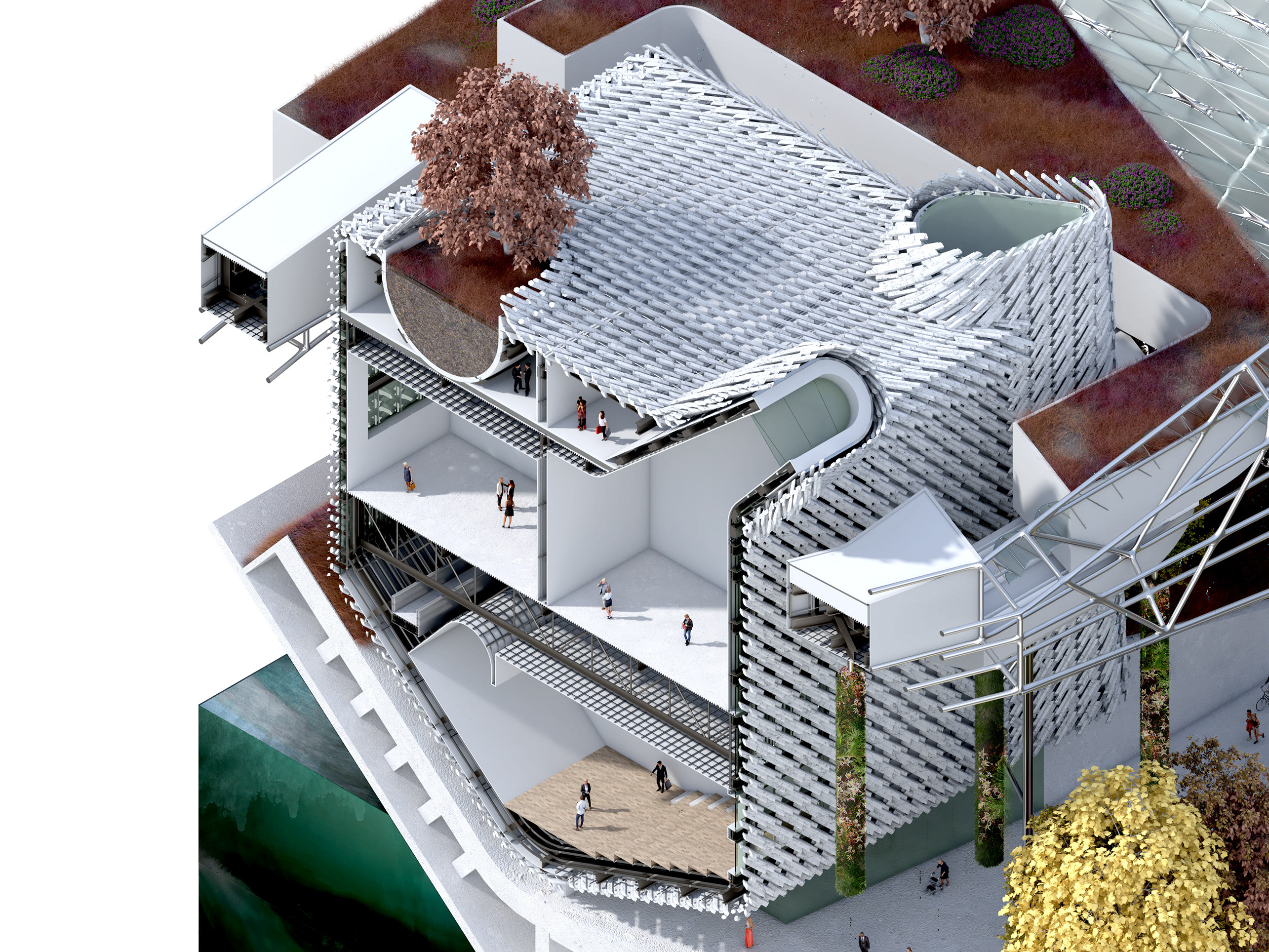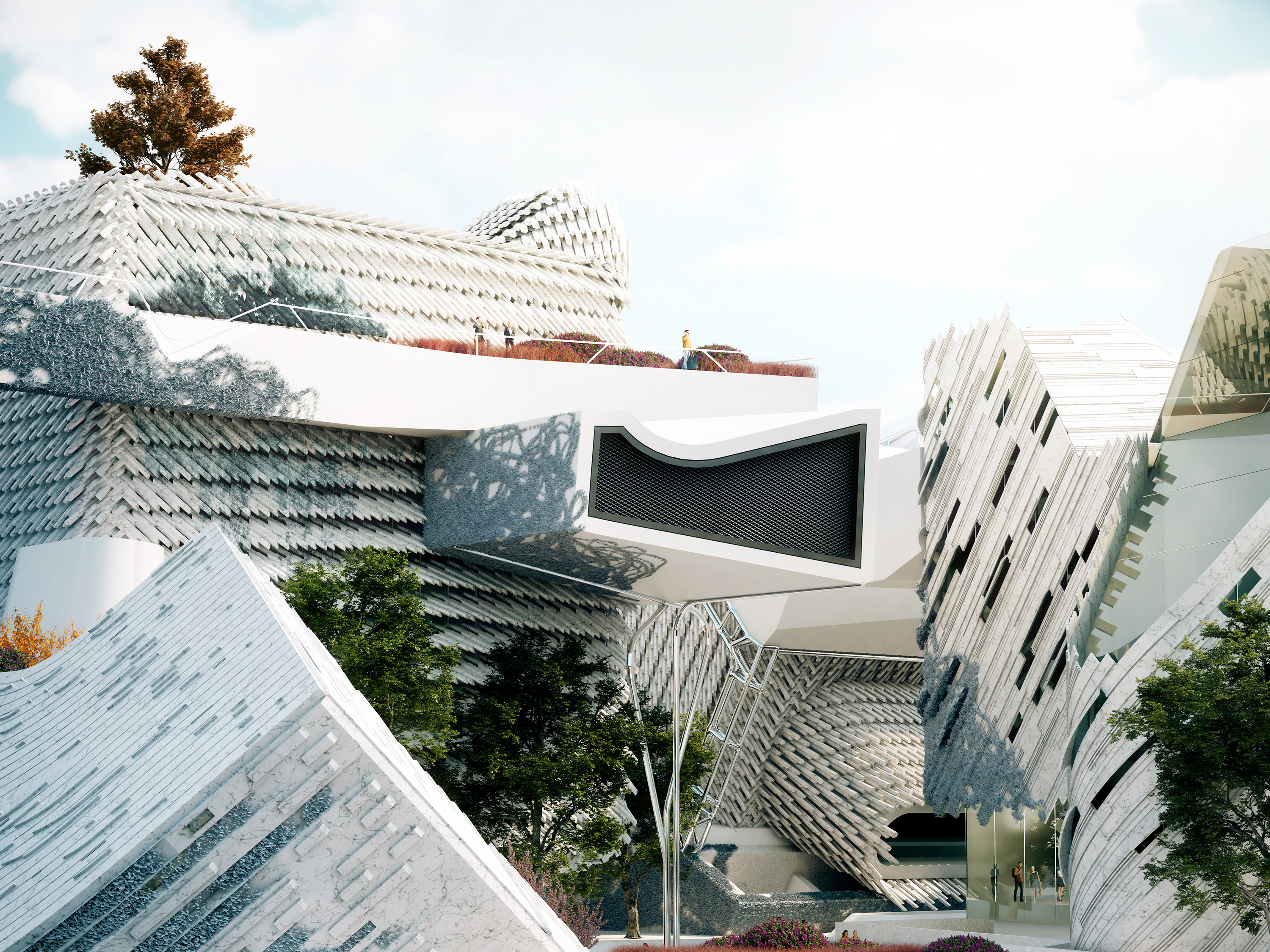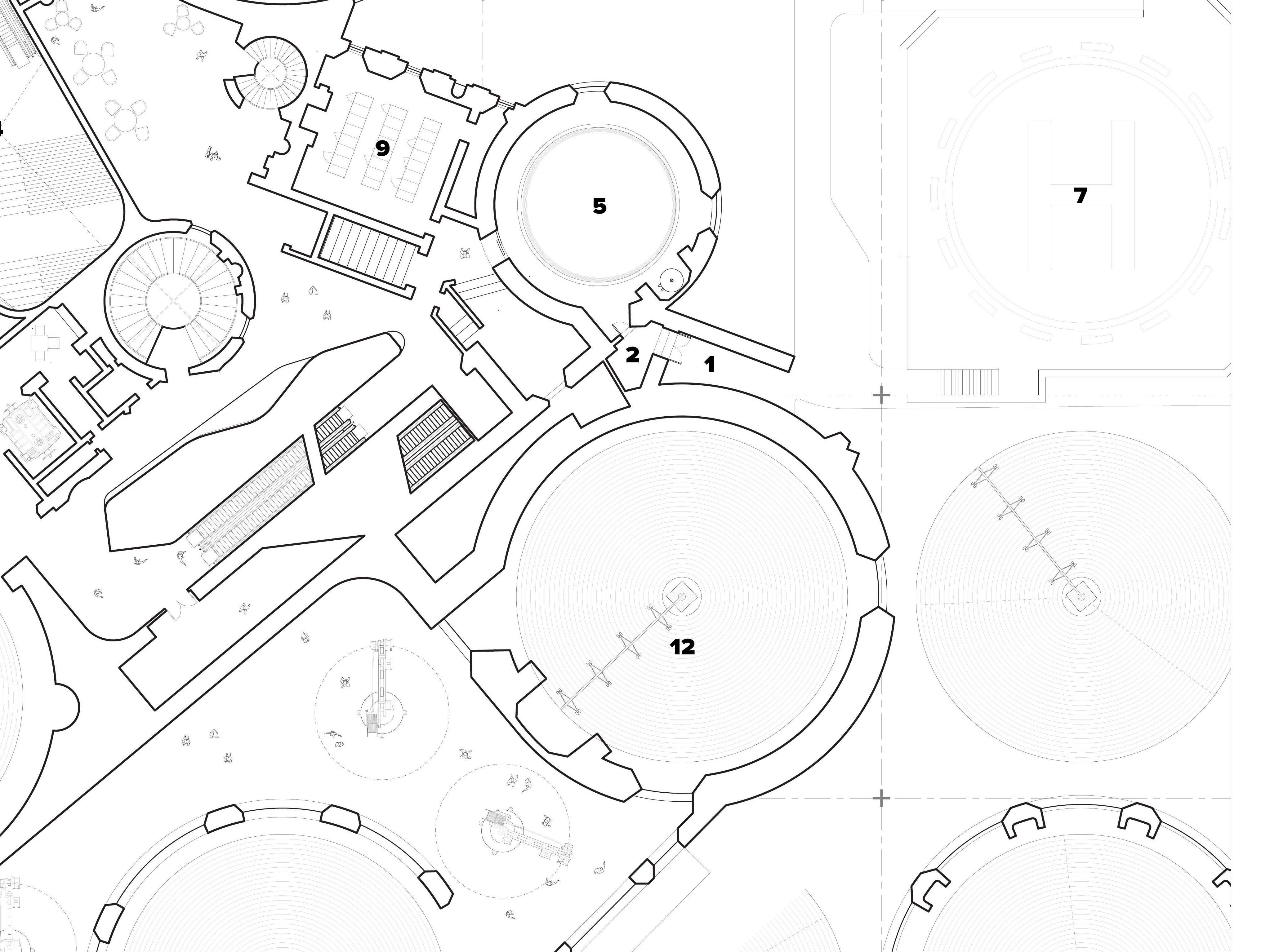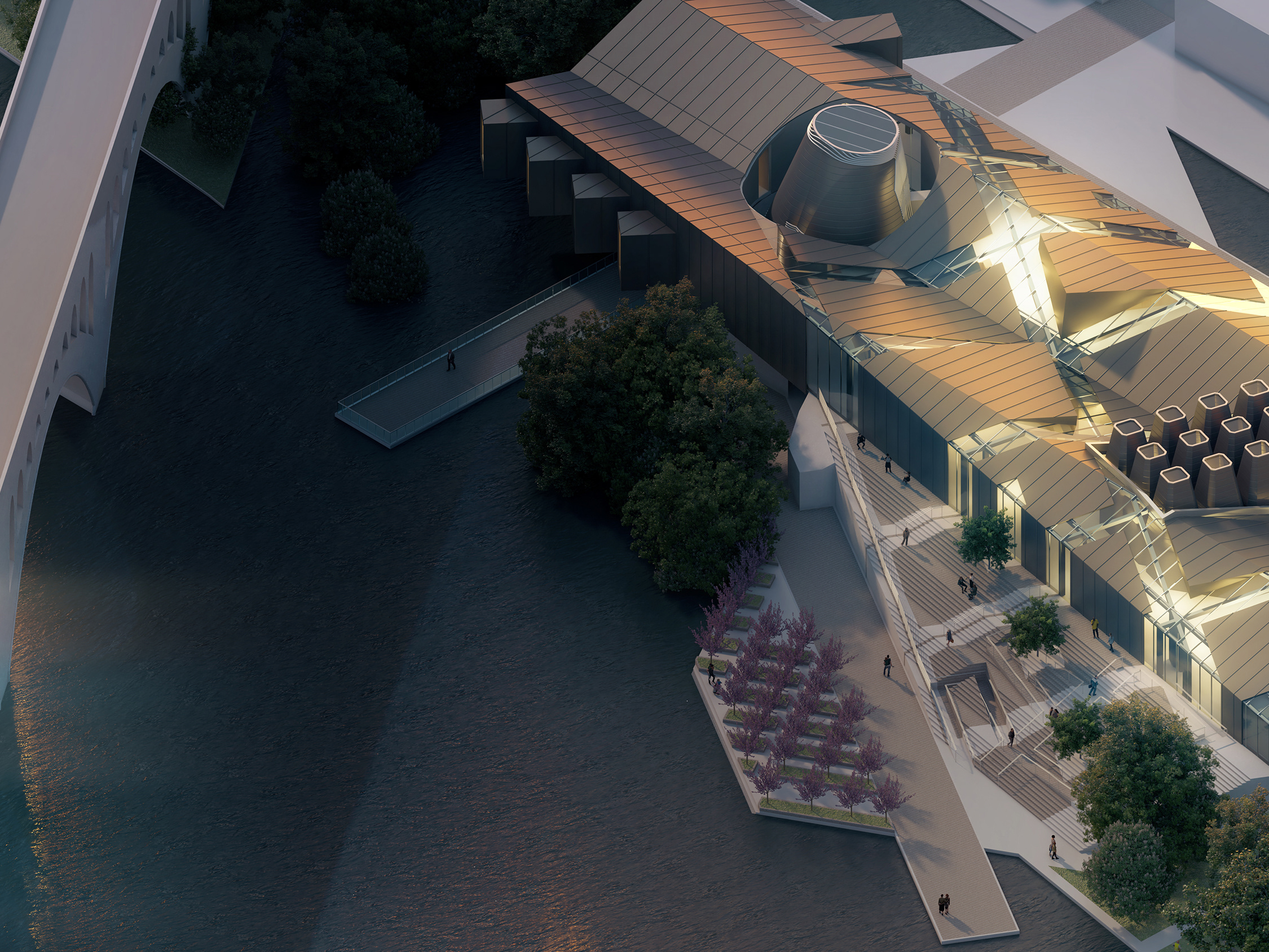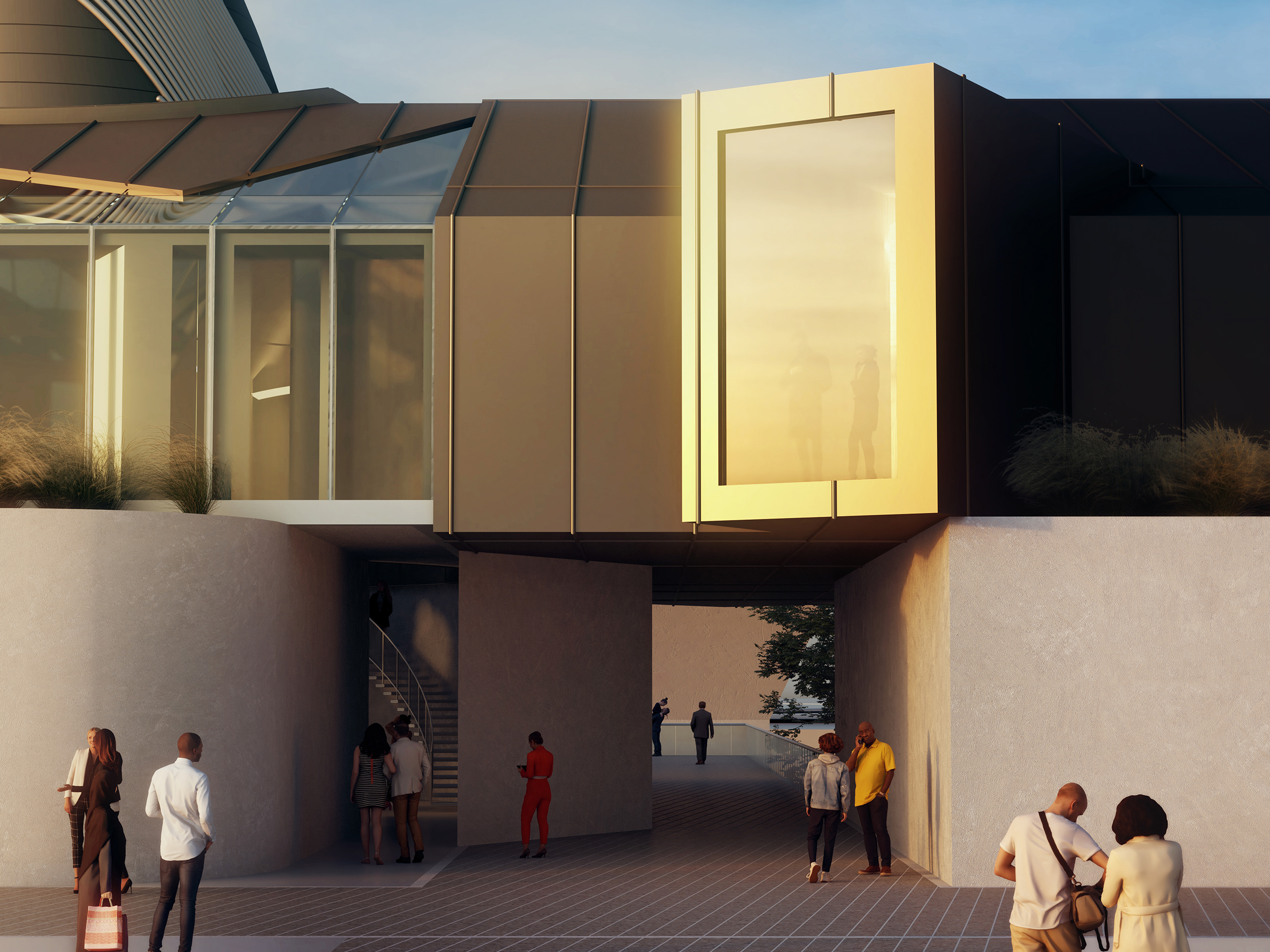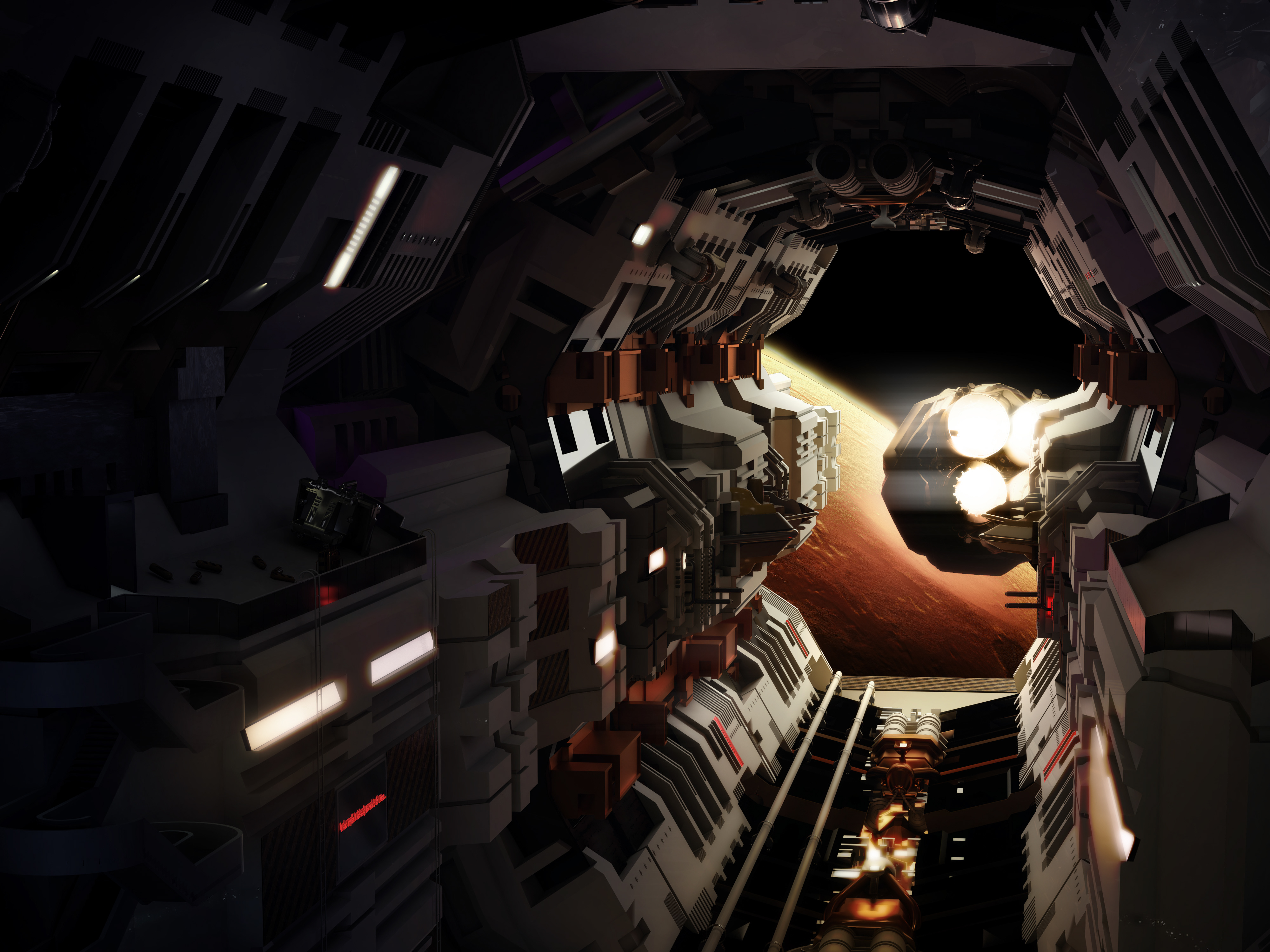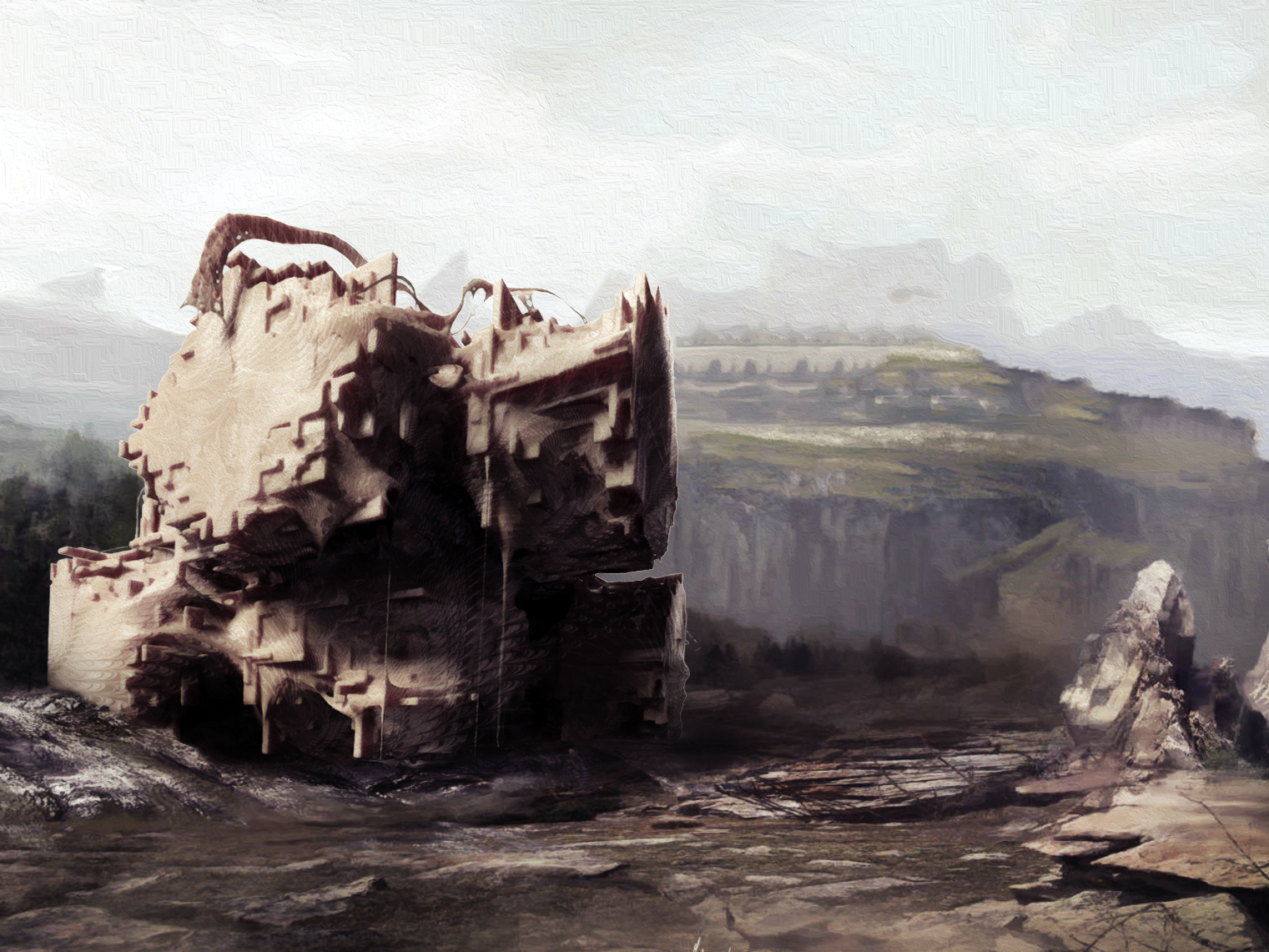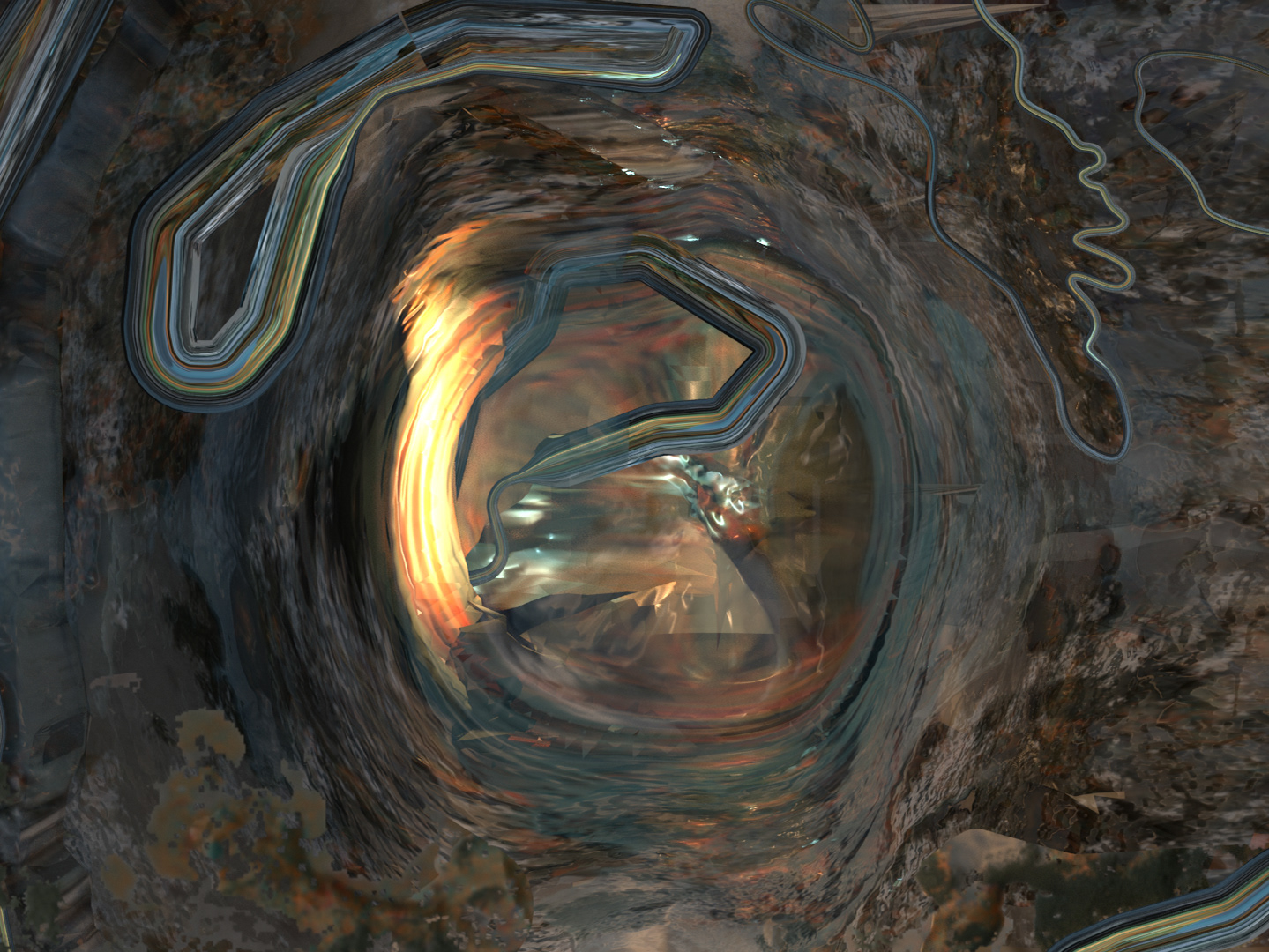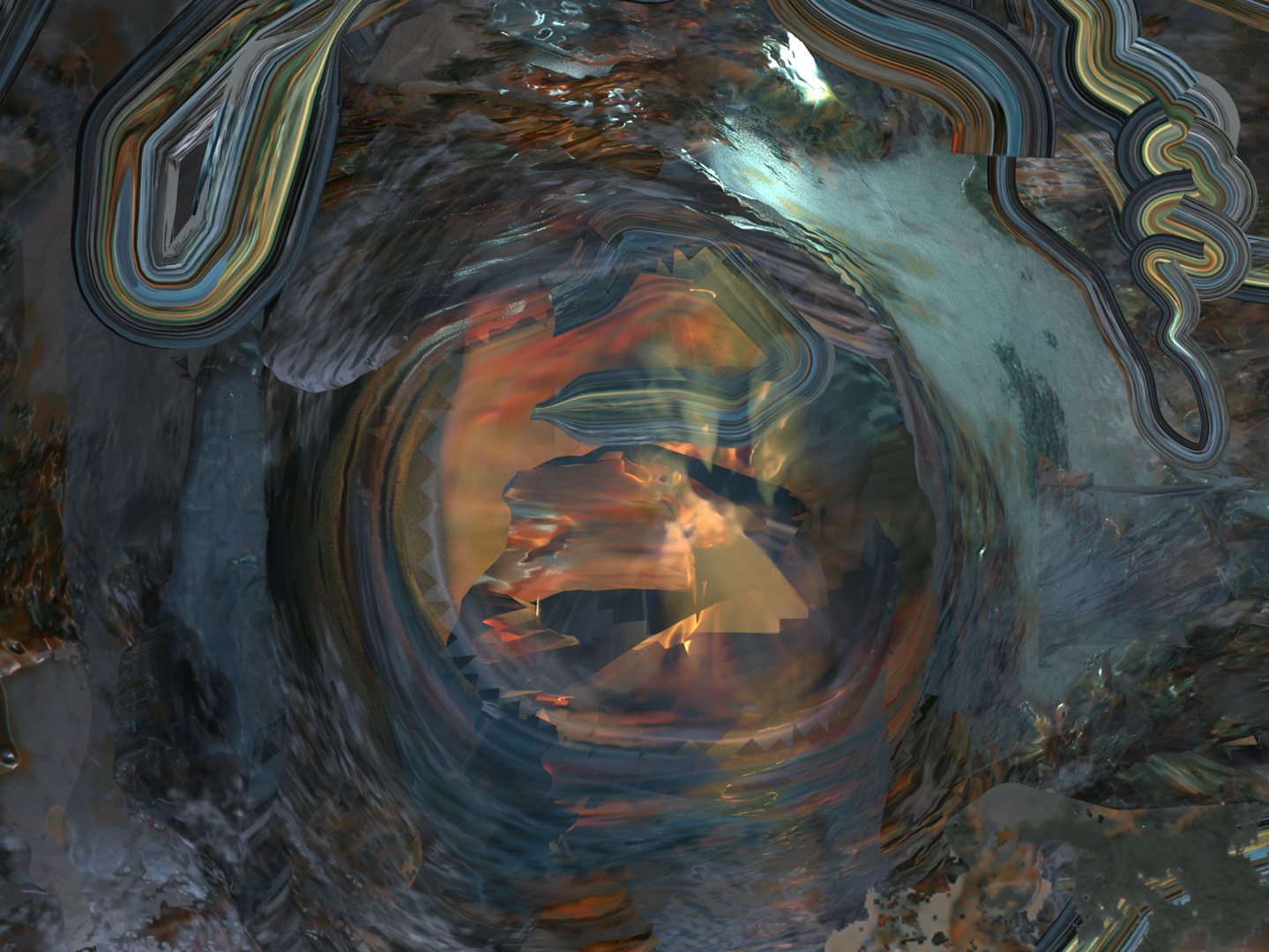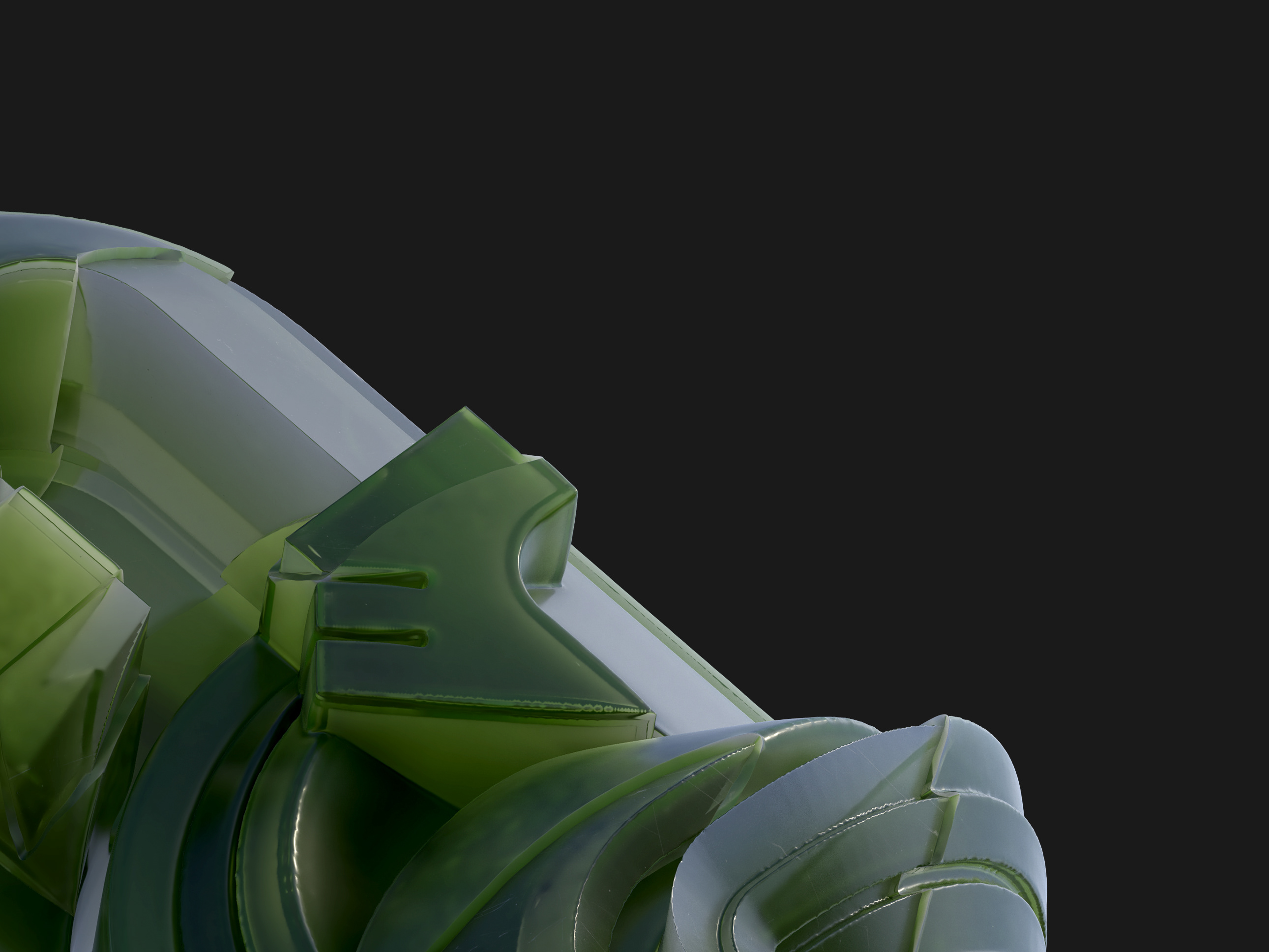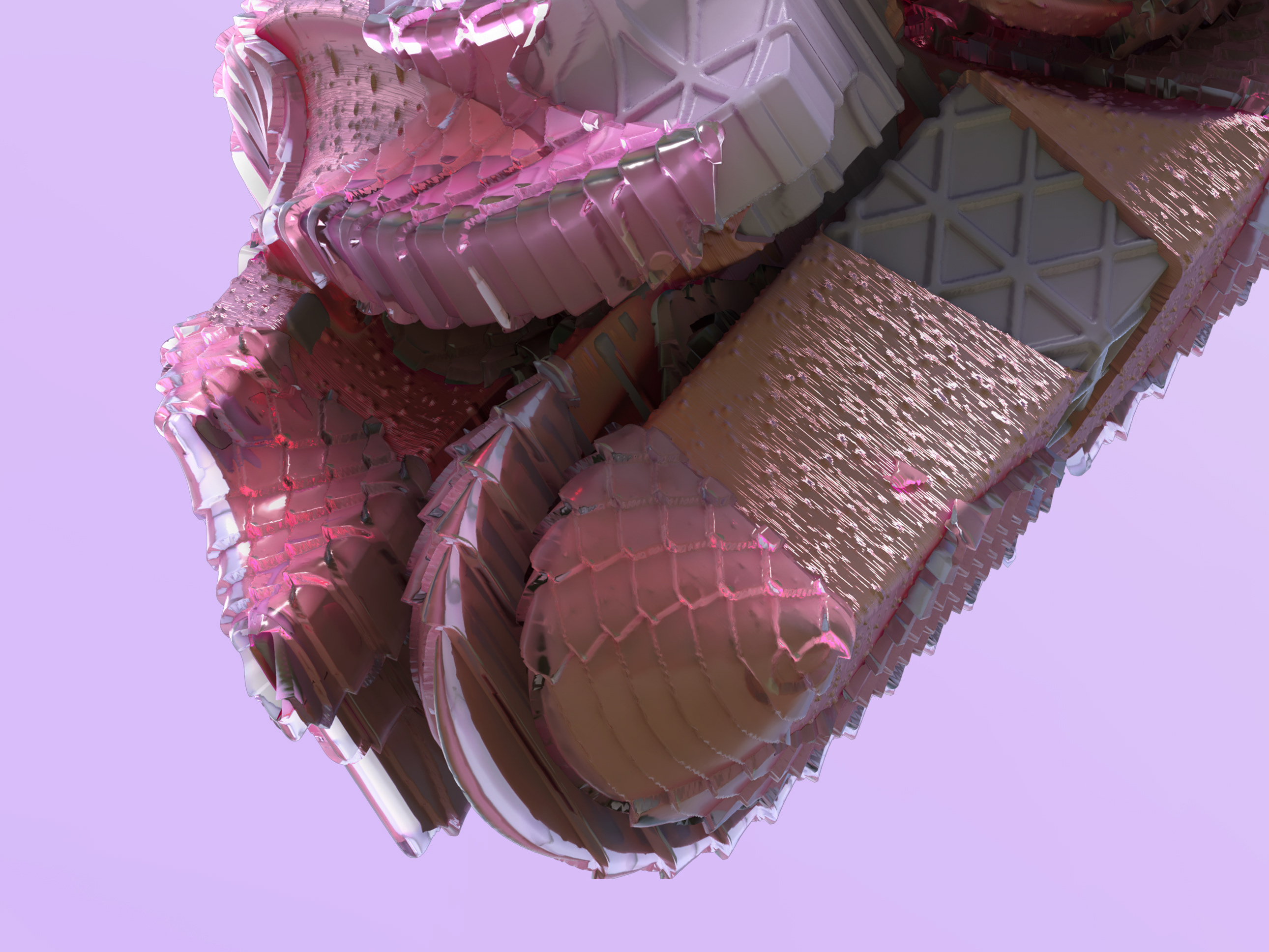TRANS-MUTATIONAL MATTER
Museum Archive that twists the role between the curator and what’s curated.
More than ever, objects and artifacts are continually scanned to translate parts of the physical world into digital data. This manifested data creates a new image of these objects, normally in the form of point clouds, which then can be shared, multiplied, and projected through any means of contemporary media. Subsequently, this process of digitizing artifacts create questions on how museums and archives should be designed to accommodate the new age of digitalization, causing us to wonder how we can begin to create formal spaces that start to publicly exhibit and share access of knowledge to these new forms of data. Interpolated Residue is an investigational project that seeks to find answers to these new understandings by creating a methodological approach through form-finding, layering programmatic spaces, creating spatial relationships with solids and voids, and by applying new manifestations of materials through digital translations.
Location: Philadelphia, PA || Awards: Published in Pressing Matters 9 || Semester: Fall 2019 || Professor: Maya Alam
POINT OF DEPARTURE
As a class, we were tasked to scan and create multiple point clouds of the Penn Museum in order to start designing. The process and understanding of how to use the point clouds eventually became an inspiration into creating a methodology for the form of the installation and the building. This process involved using a repetitive process of layering, offsetting, and seaming. Layering, which implied the aggregation of the point clouds to get a clearer image, was used to create a formal part to whole relationship between itself as a sum of parts. Offsetting, which adds complexity, was used to cut into the massing and start to contextualize to itself and to the site. Seaming, which references the relationship between the layers of information between the point cloud, is used to not only break the mass into new parts to create new visual misreading, but compositionally starts to read the form as a whole once again. And finally, the solid to void relationship to the site was also important to consider since it helps distribute the form and program around the courtyard.
NEW FORMALITIES
The building then continues to carry these ideas (the layering, seaming, solid/void relationship) into the creation of the spaces inside. It starts with the circulation, which is an implied programmatic seam or threshold that allows users to circulate through the building. Exhibition and gallery spaces are further broken up by having the exhibition spaces hug along the formal seams and then having the galleries fill up around it. This then creates a new formal relationship between the spaces themselves and additionally challenges how these spaces are experienced. The Archive is then located at the basement level, not only for direct access to the building but to allow some visual transparency with the visitors. It is revealed at certain locations within the inside and out of the building, playing with visual transparency and obscurity. Finally, the solid and void relationship is also carried into the program by having the formal voids that were created with the massing cut into the building, thus blurring public and private program of the building and creating a heterogeneous relationship between the two.
